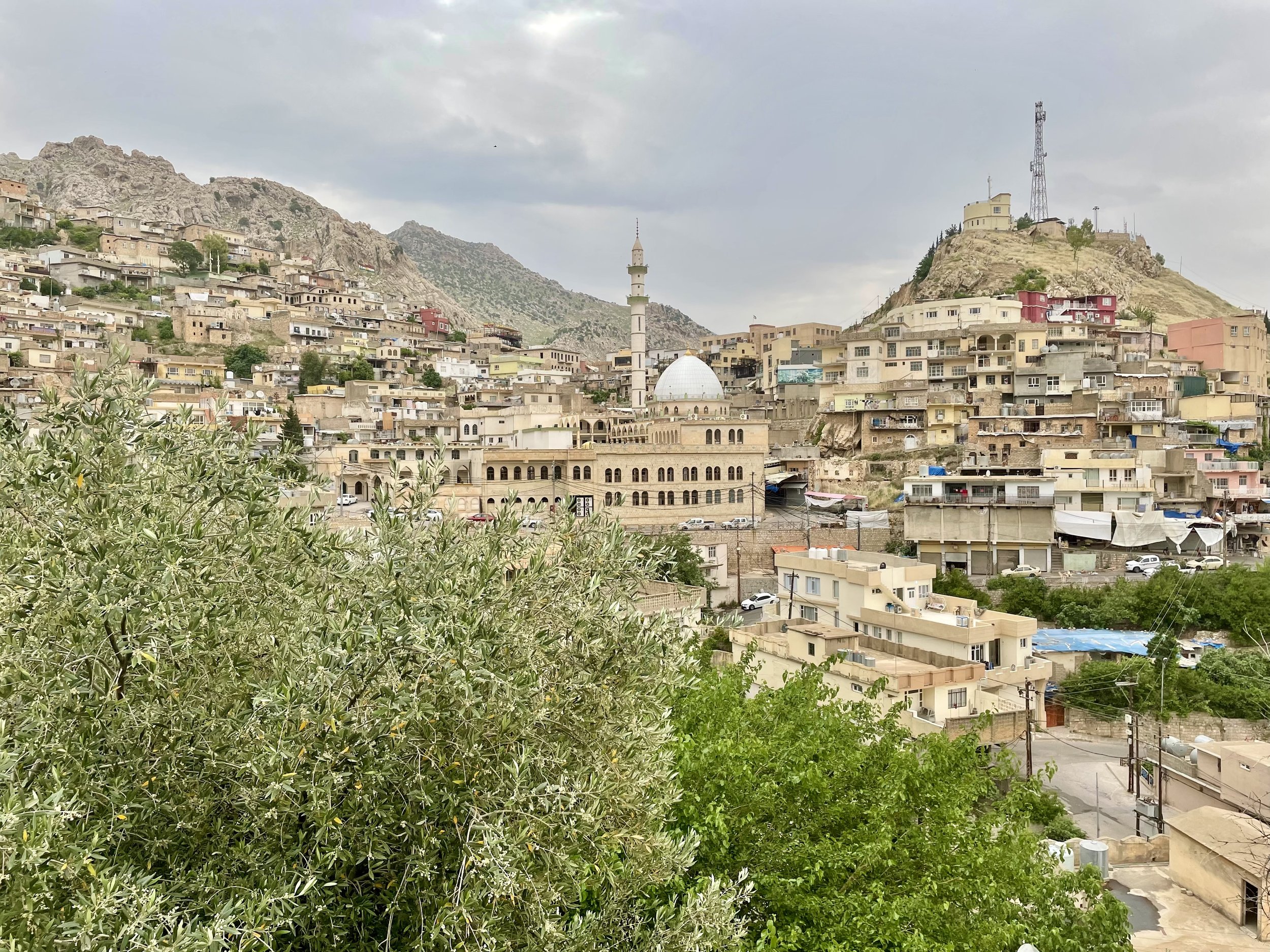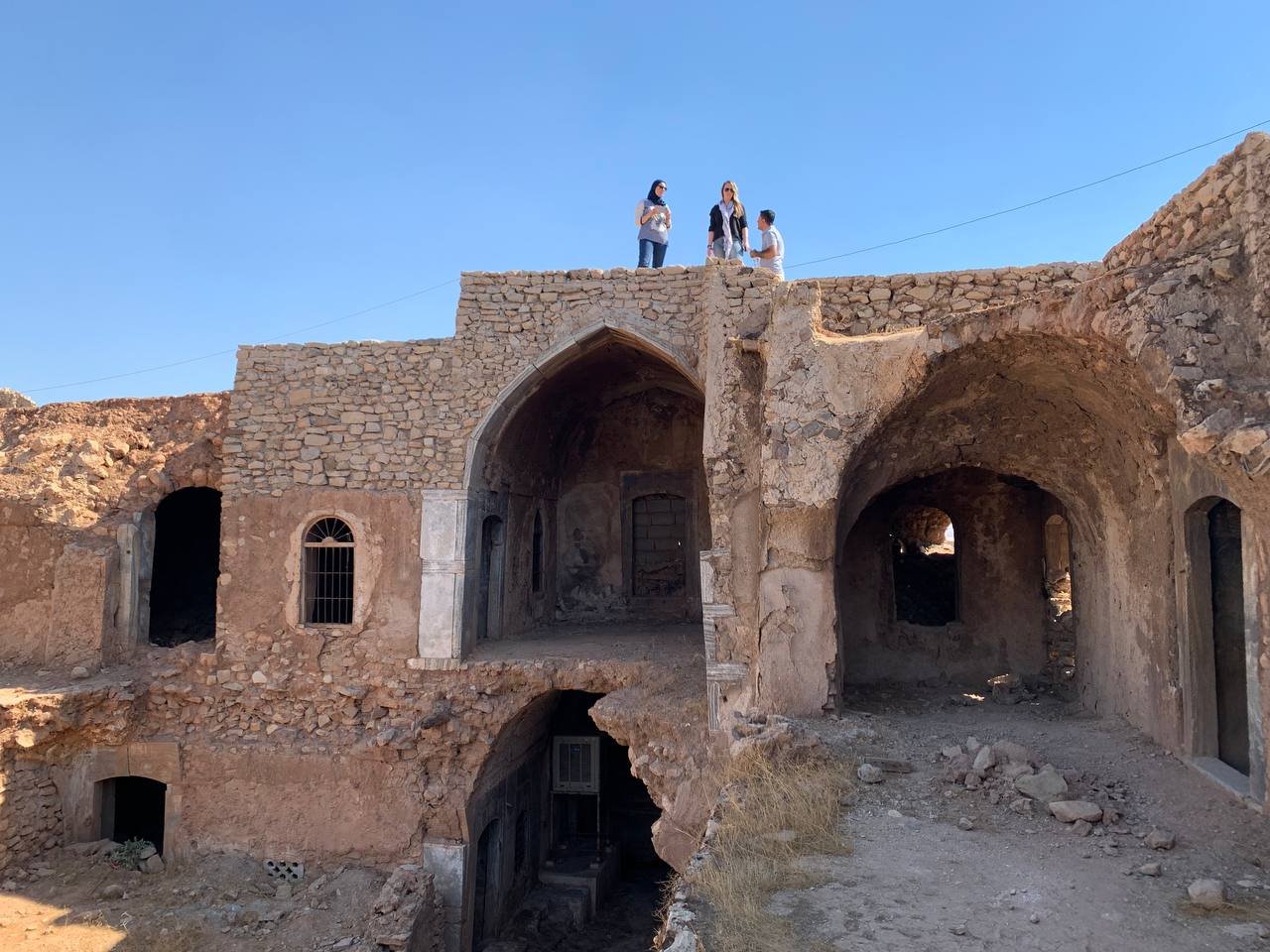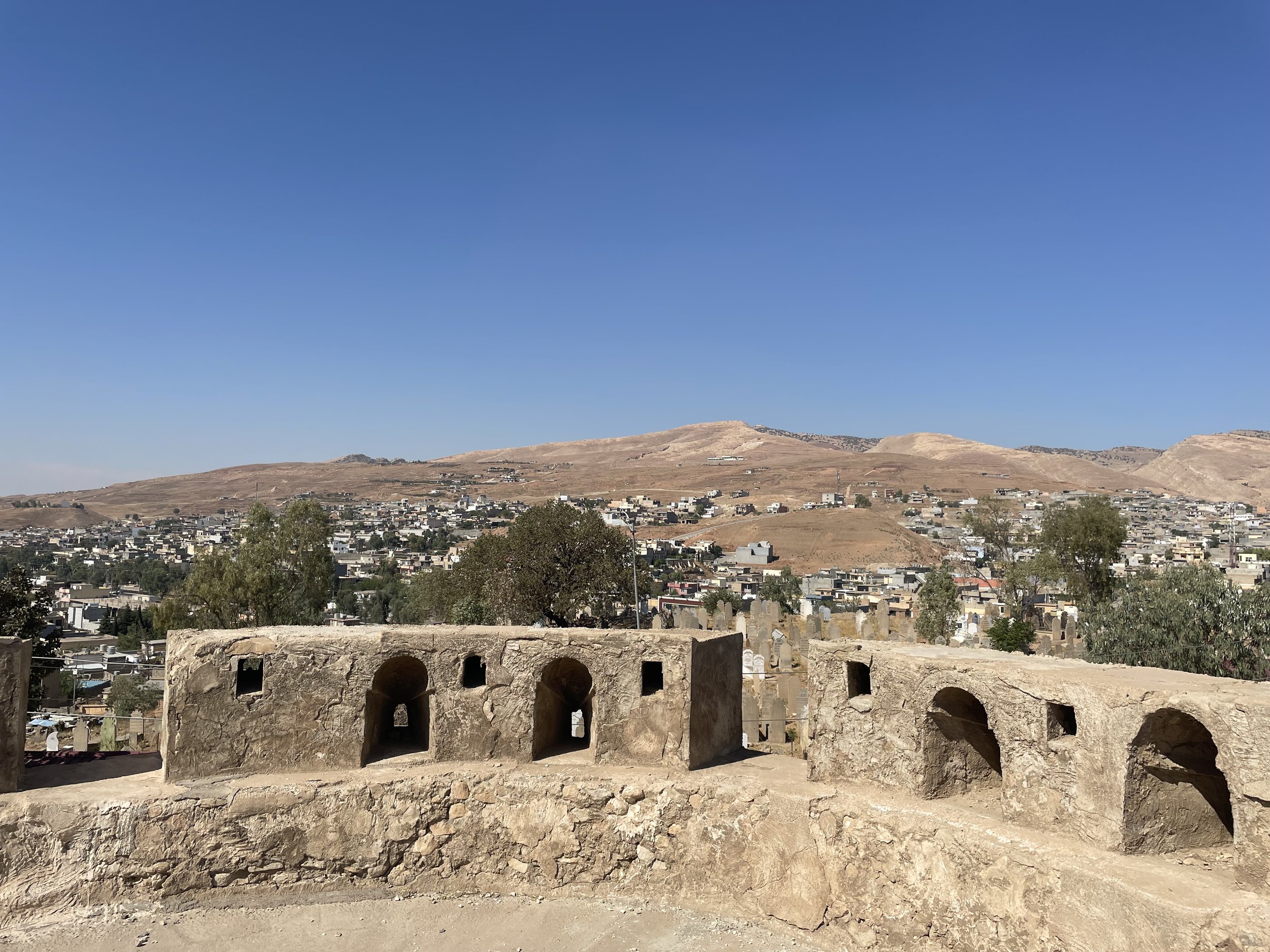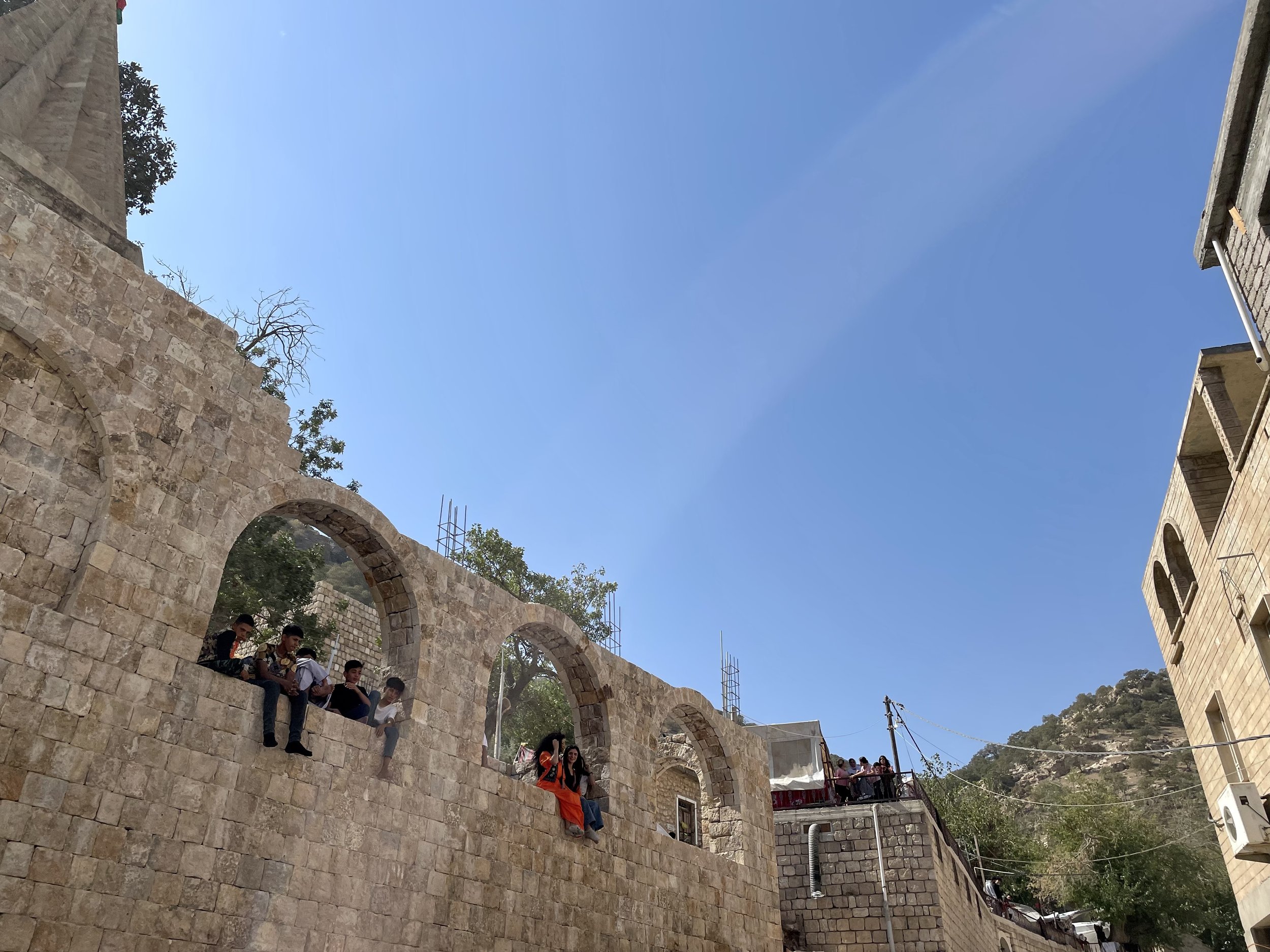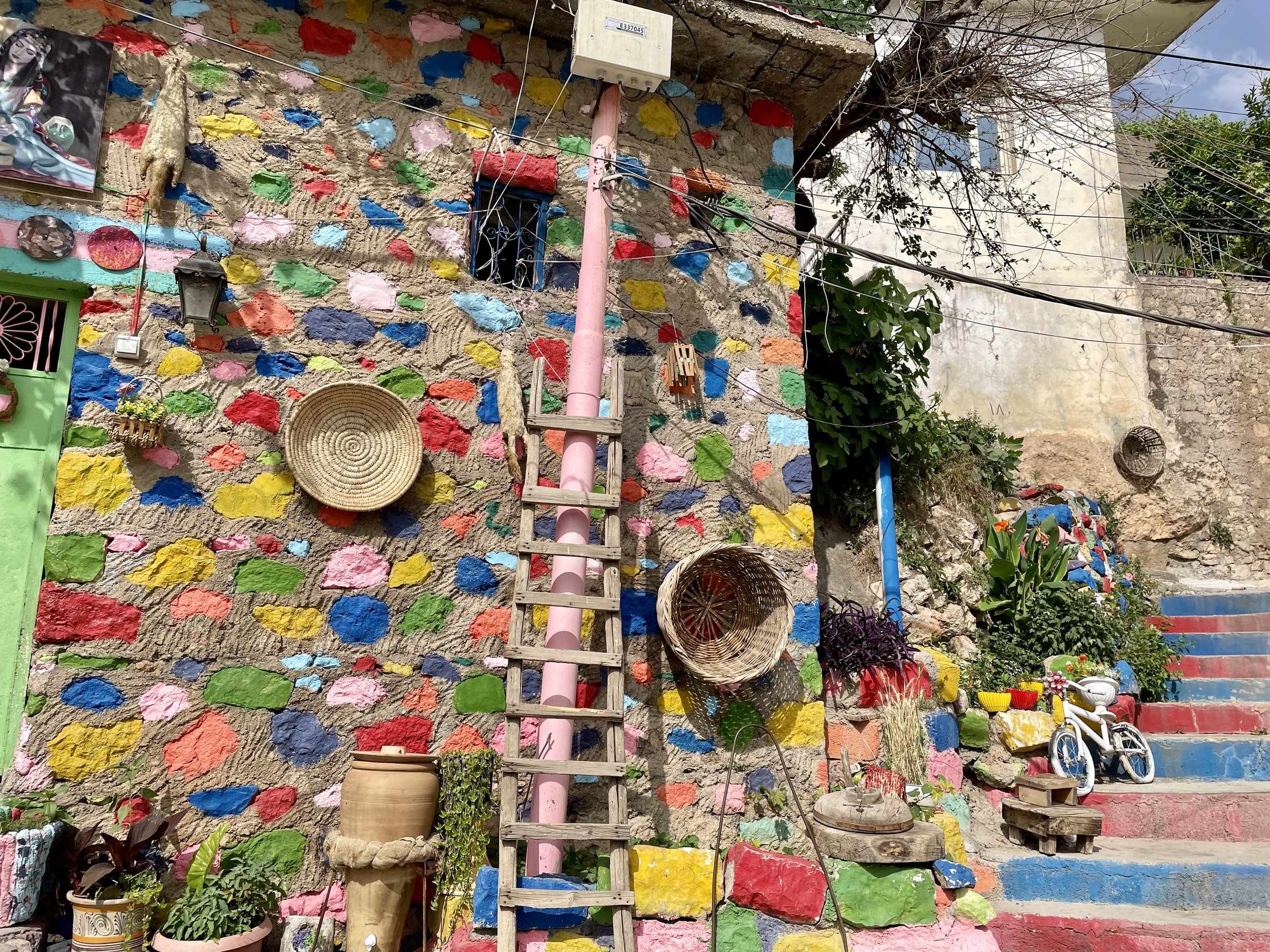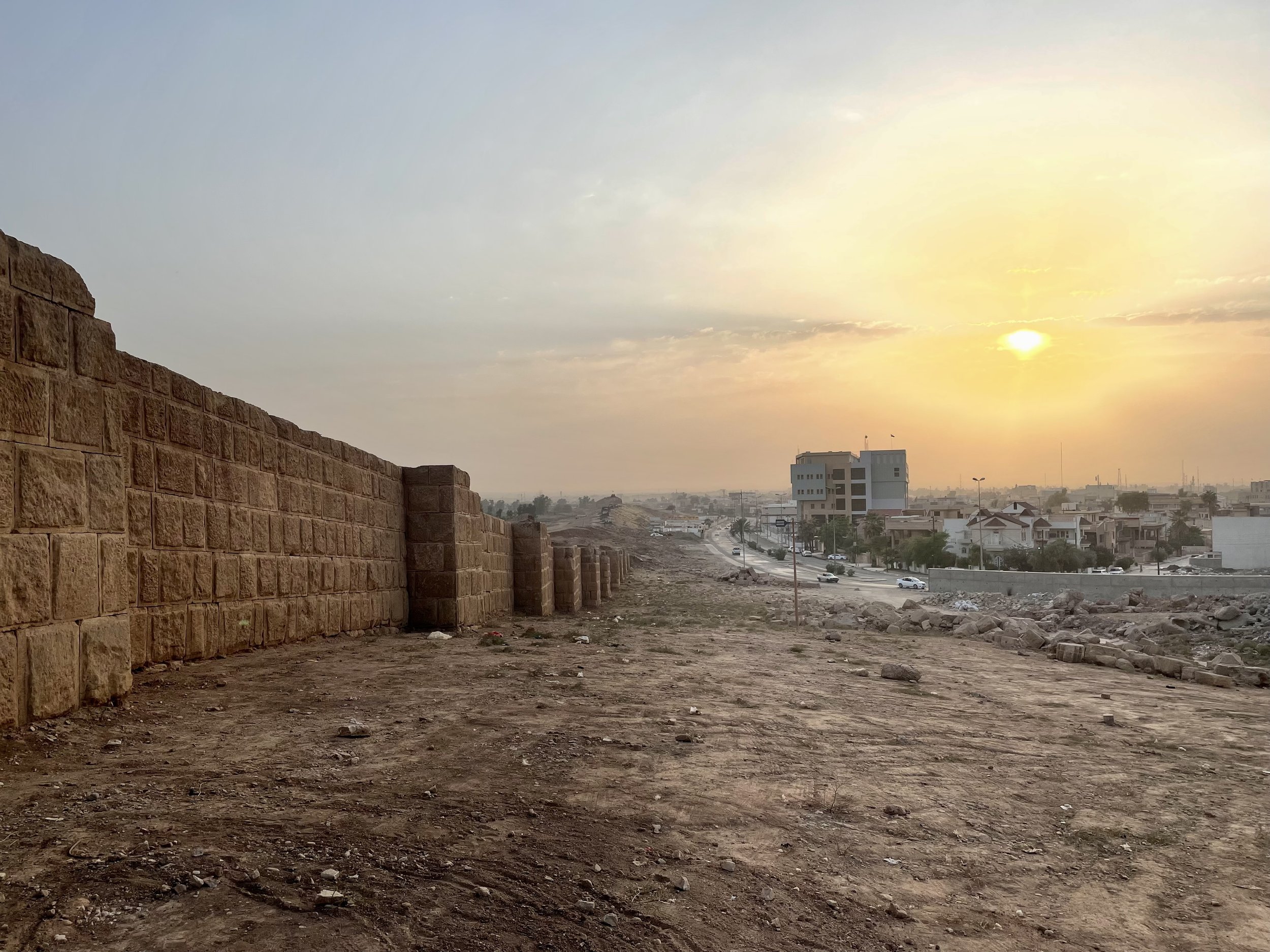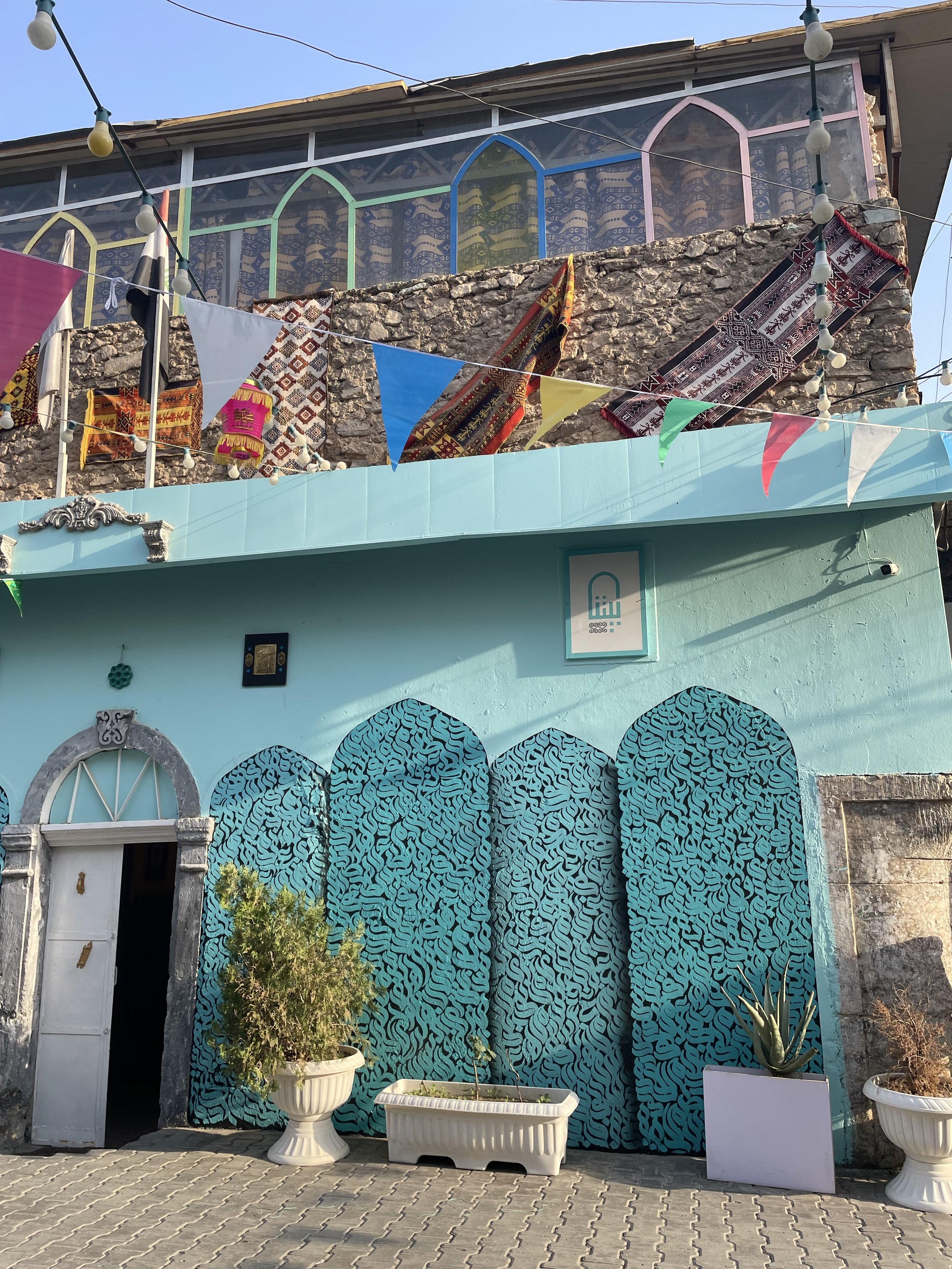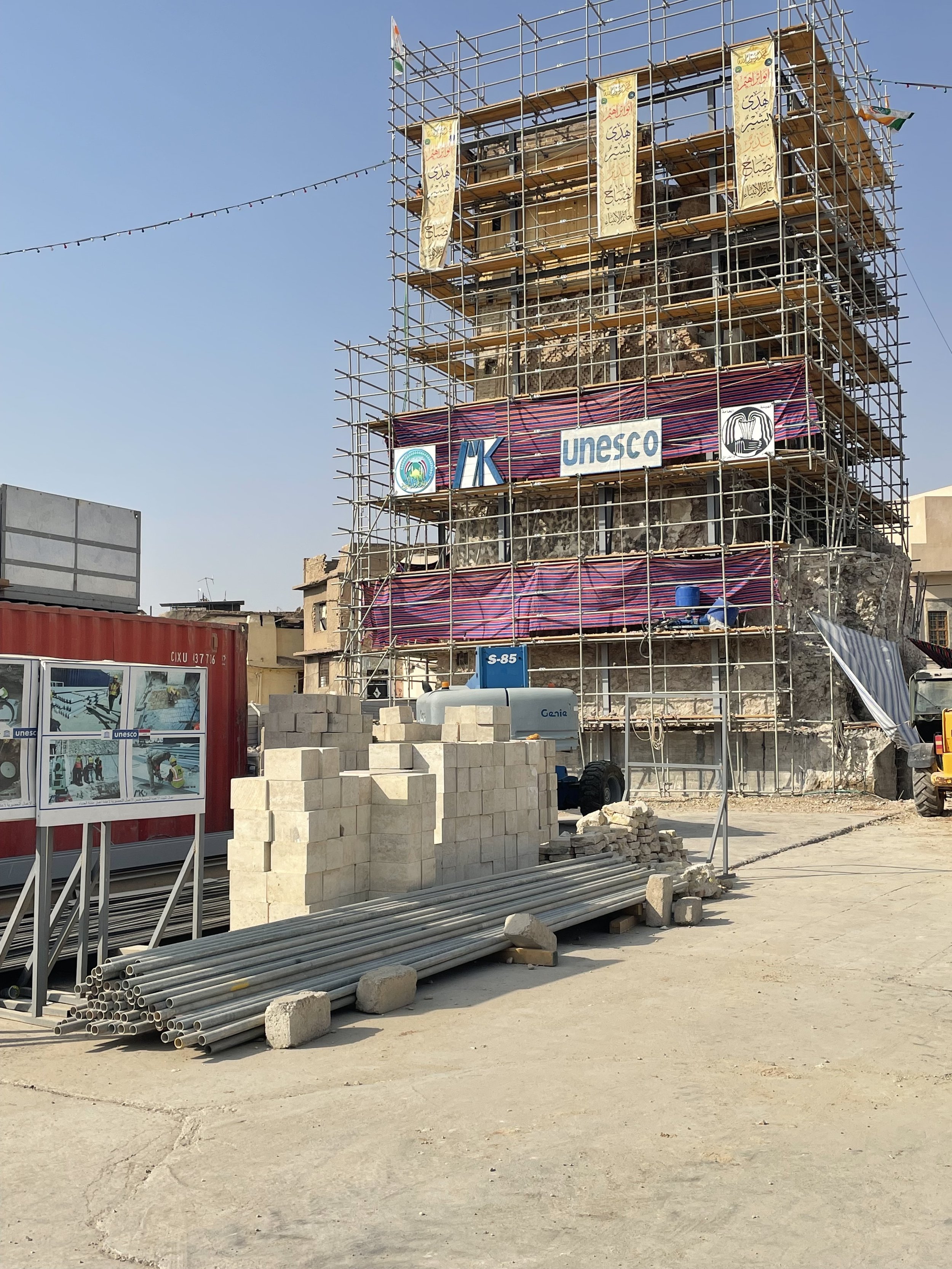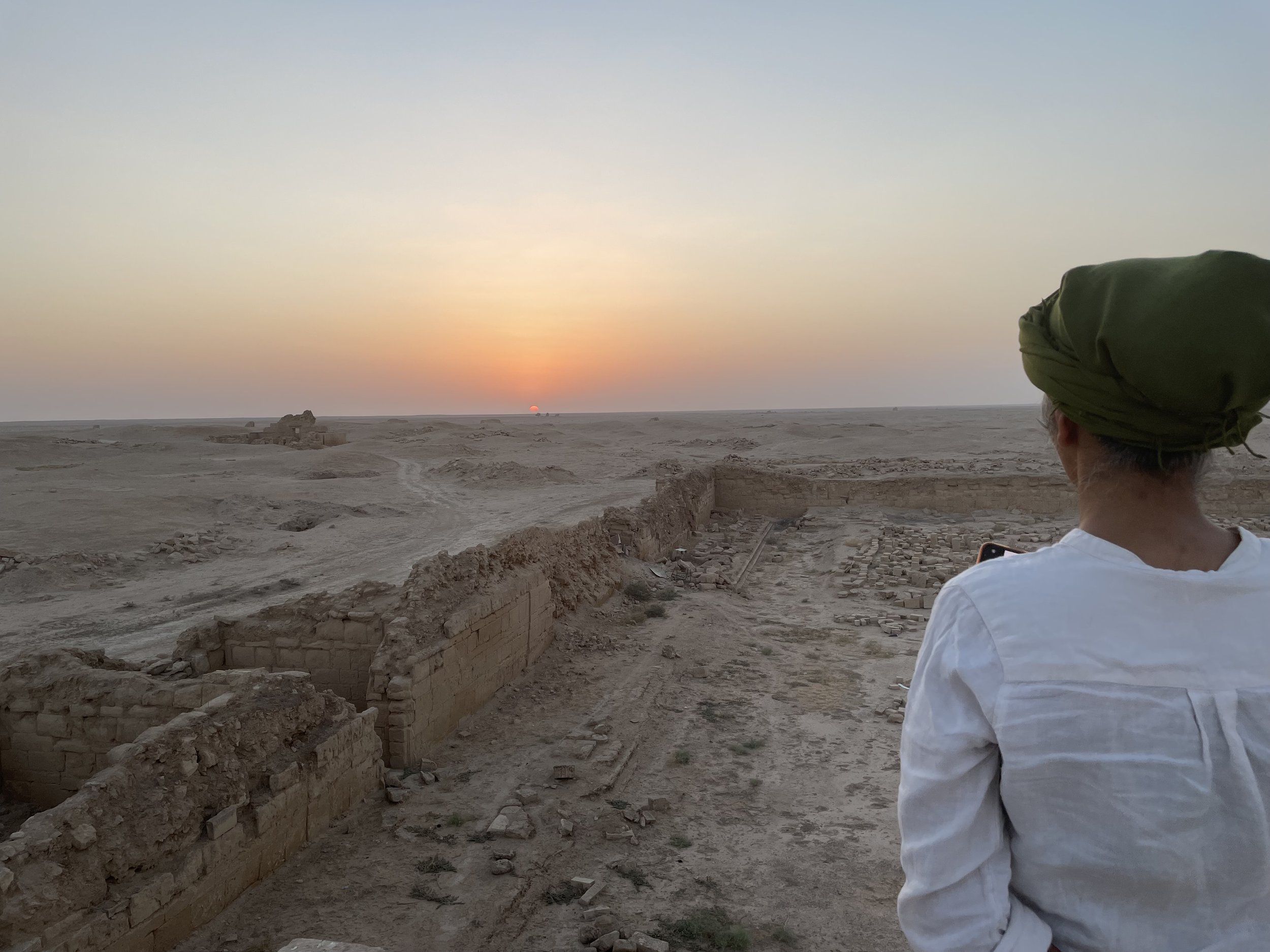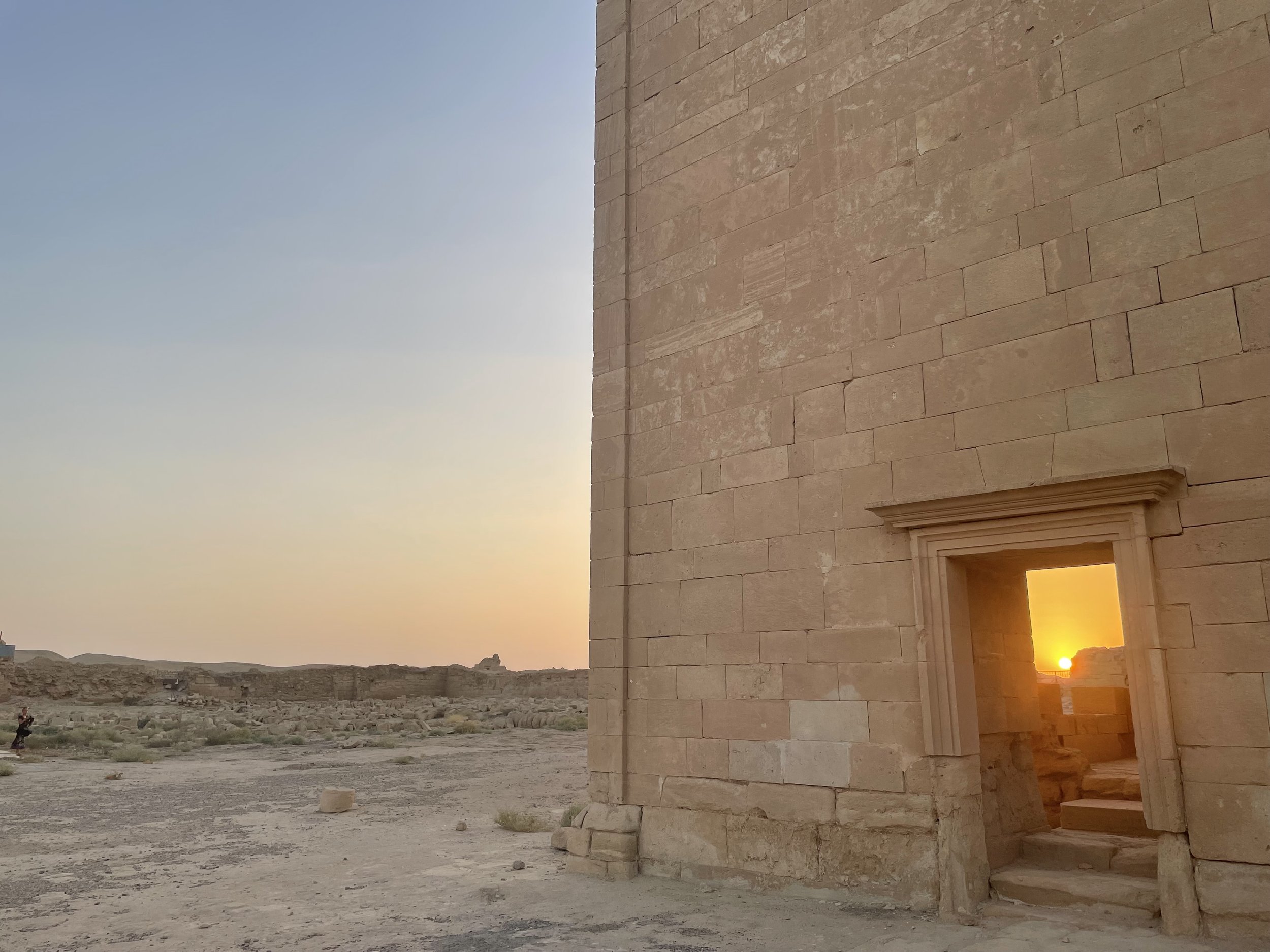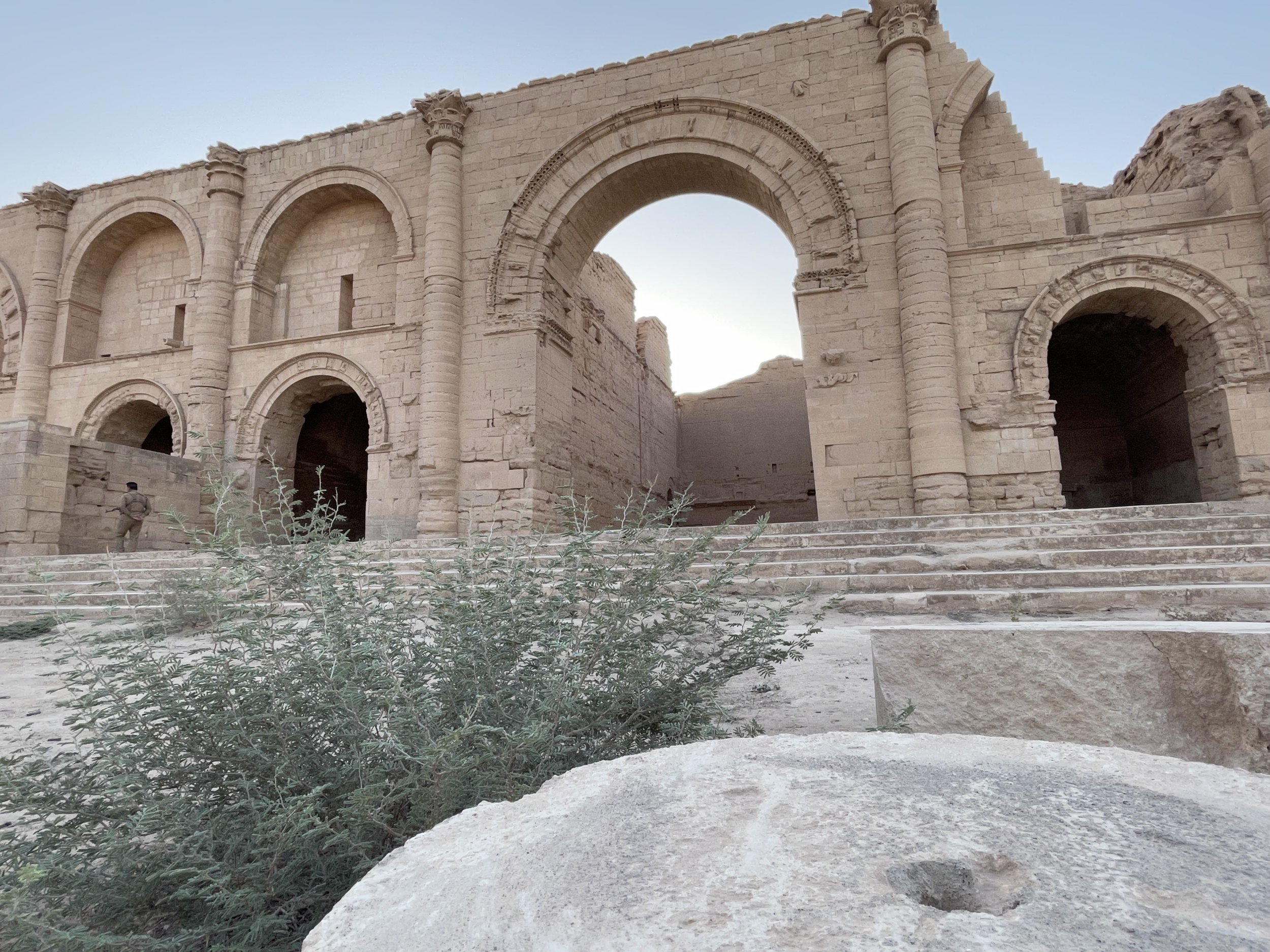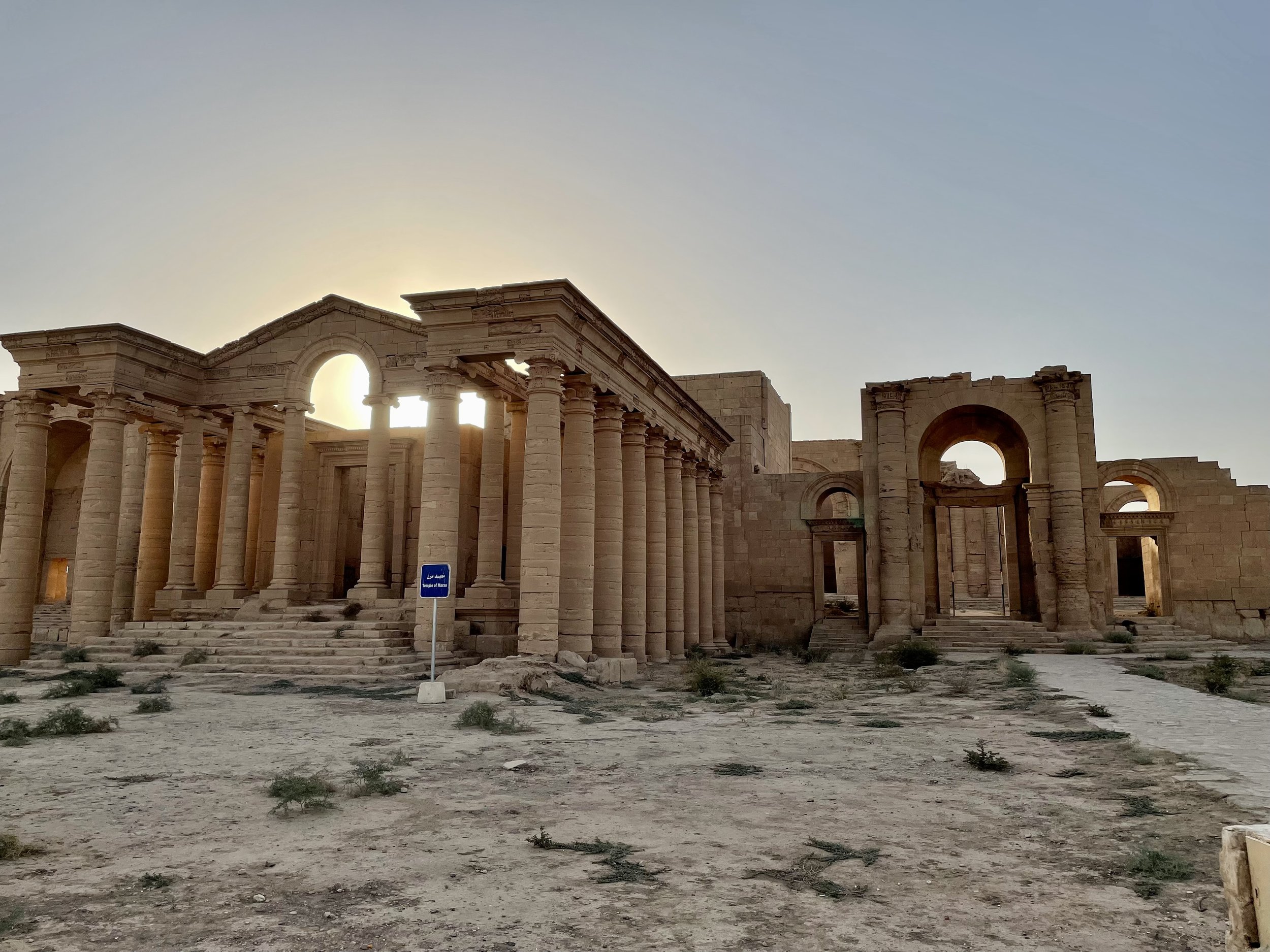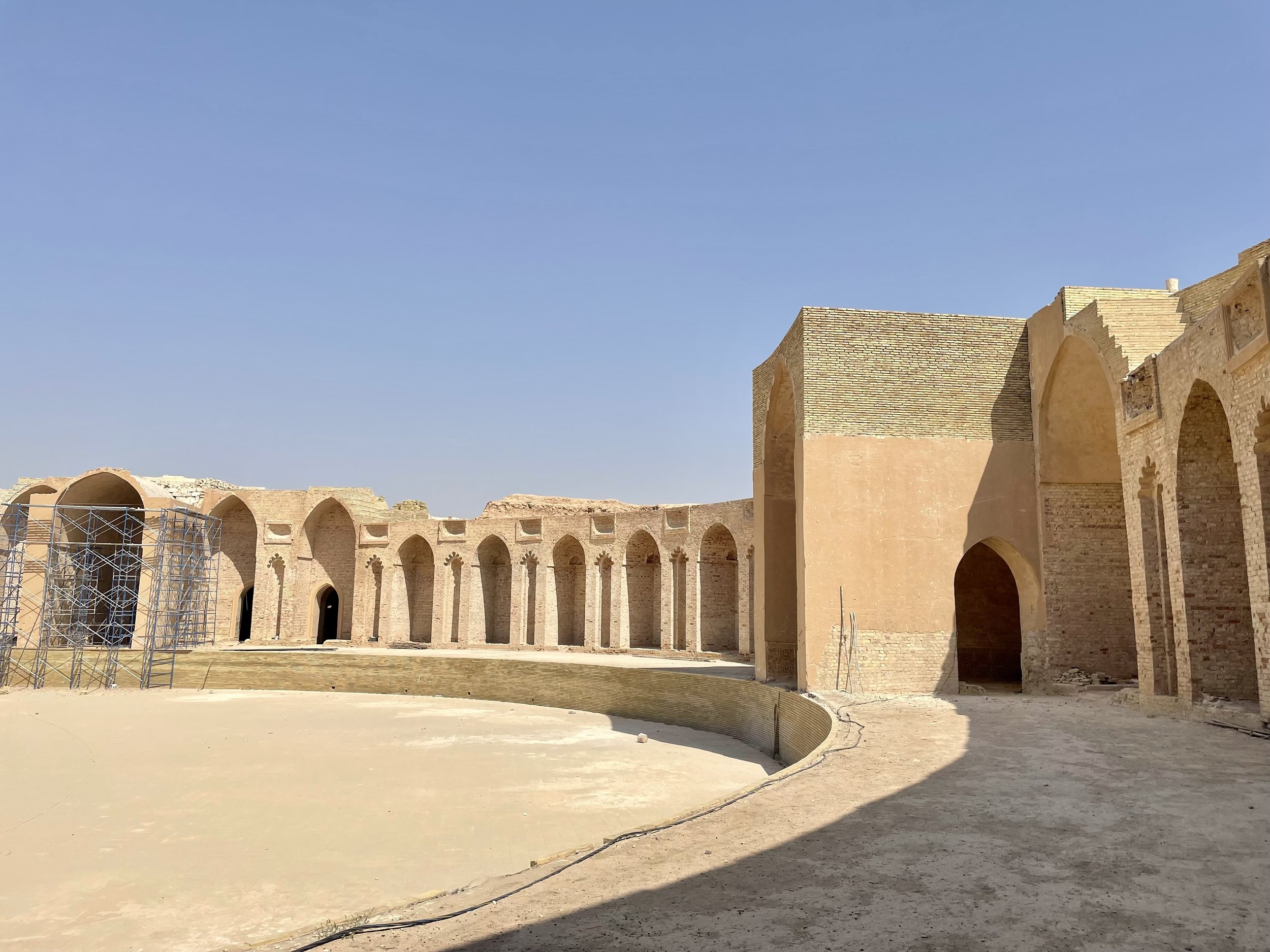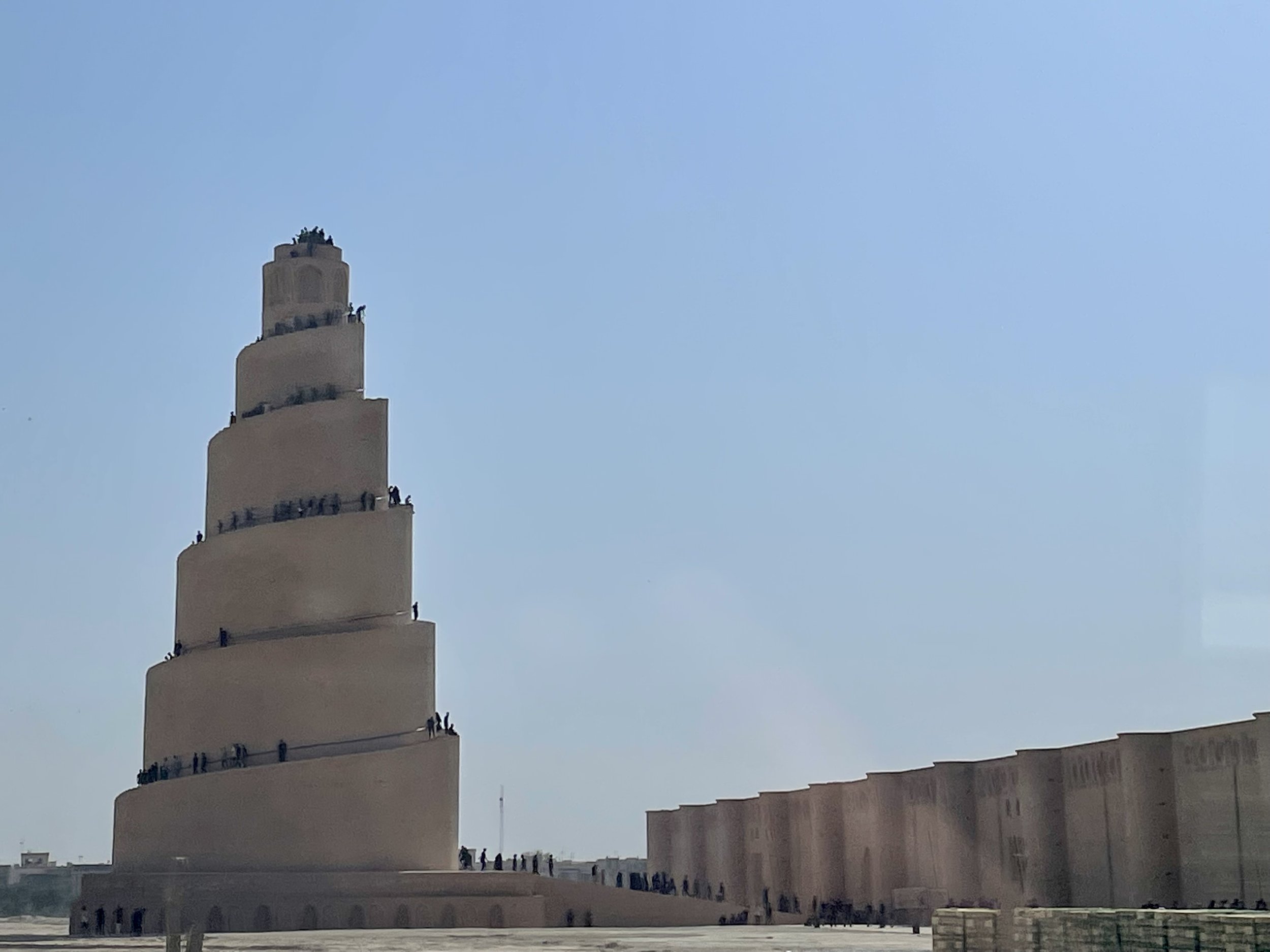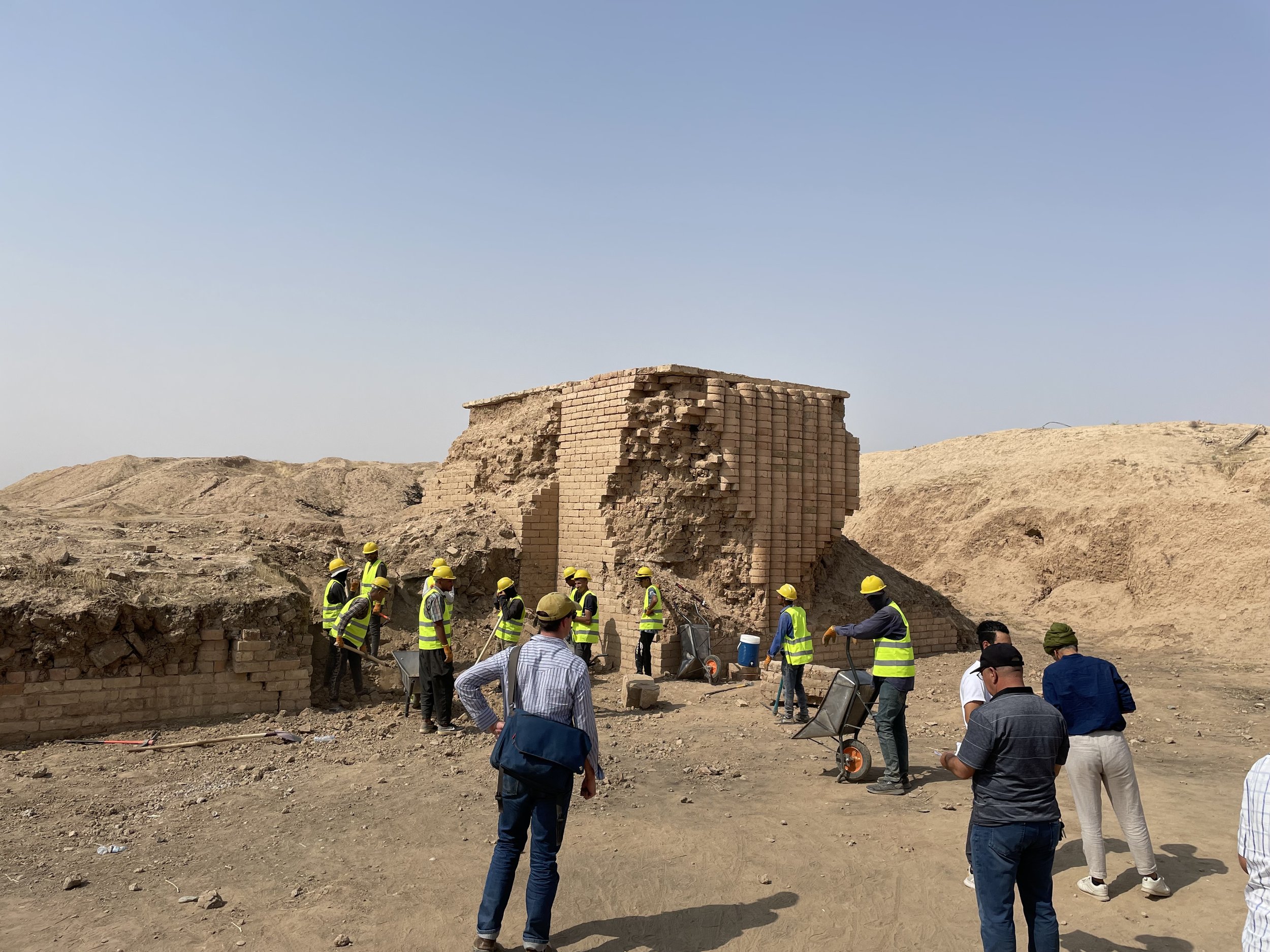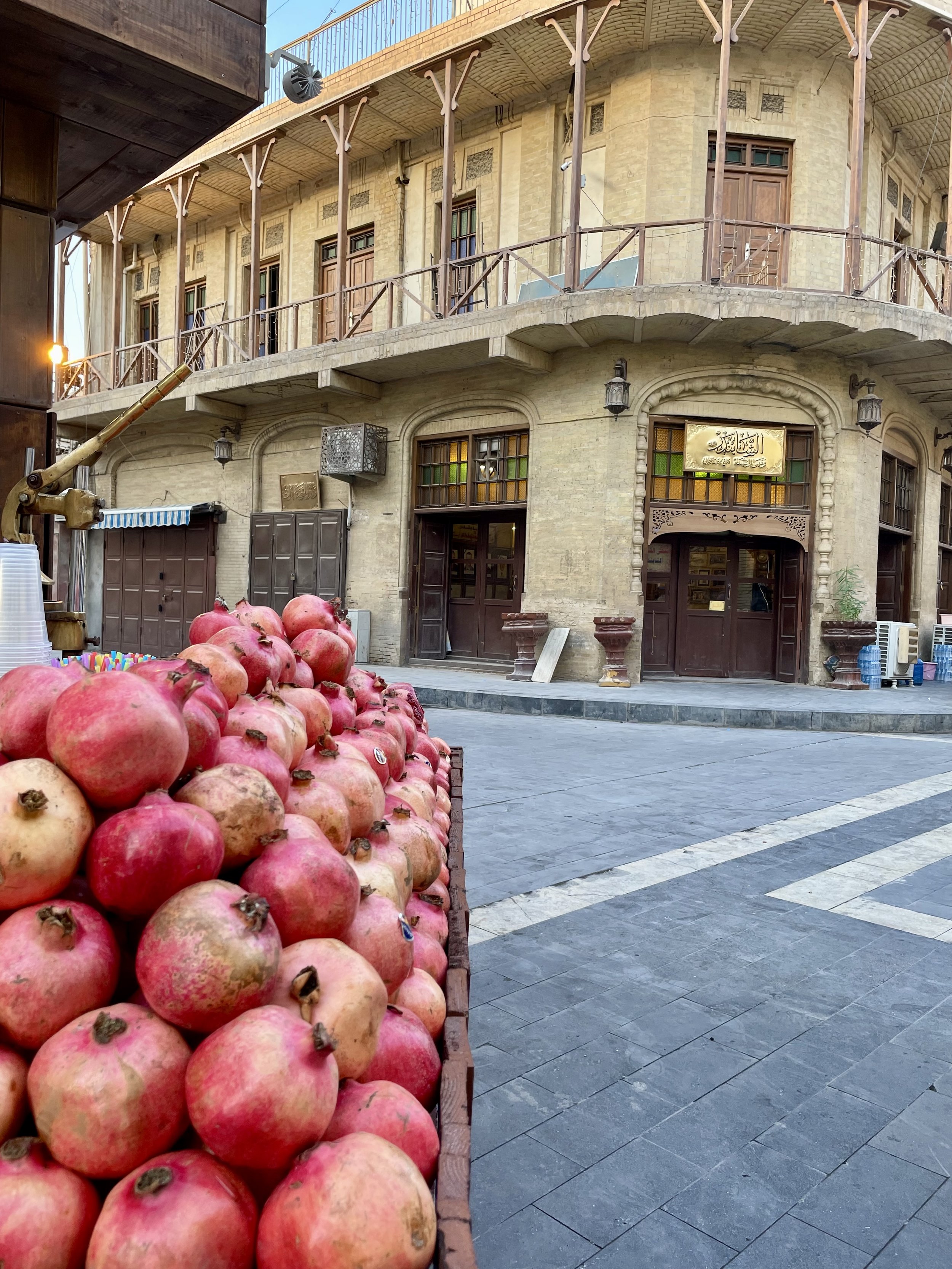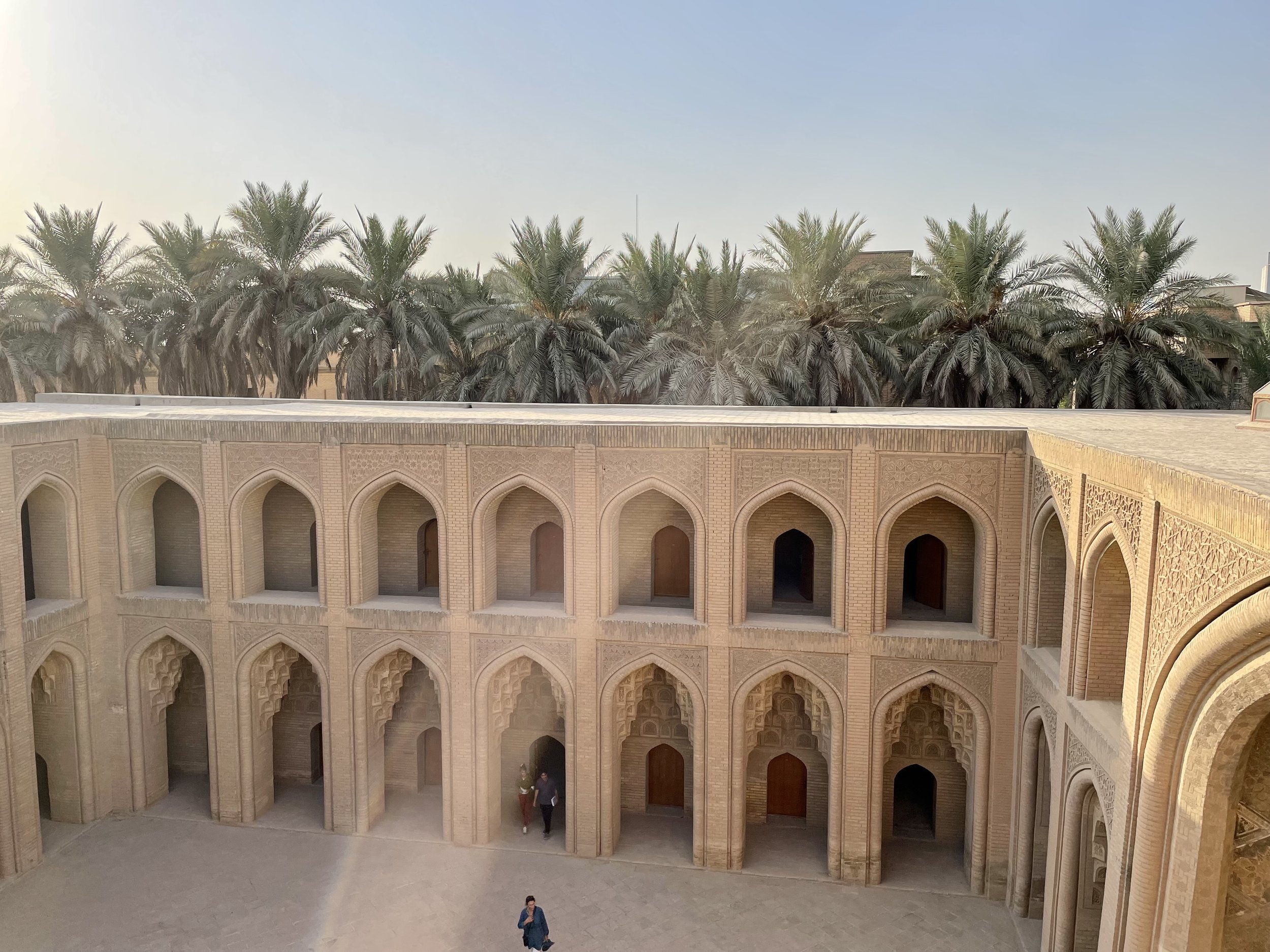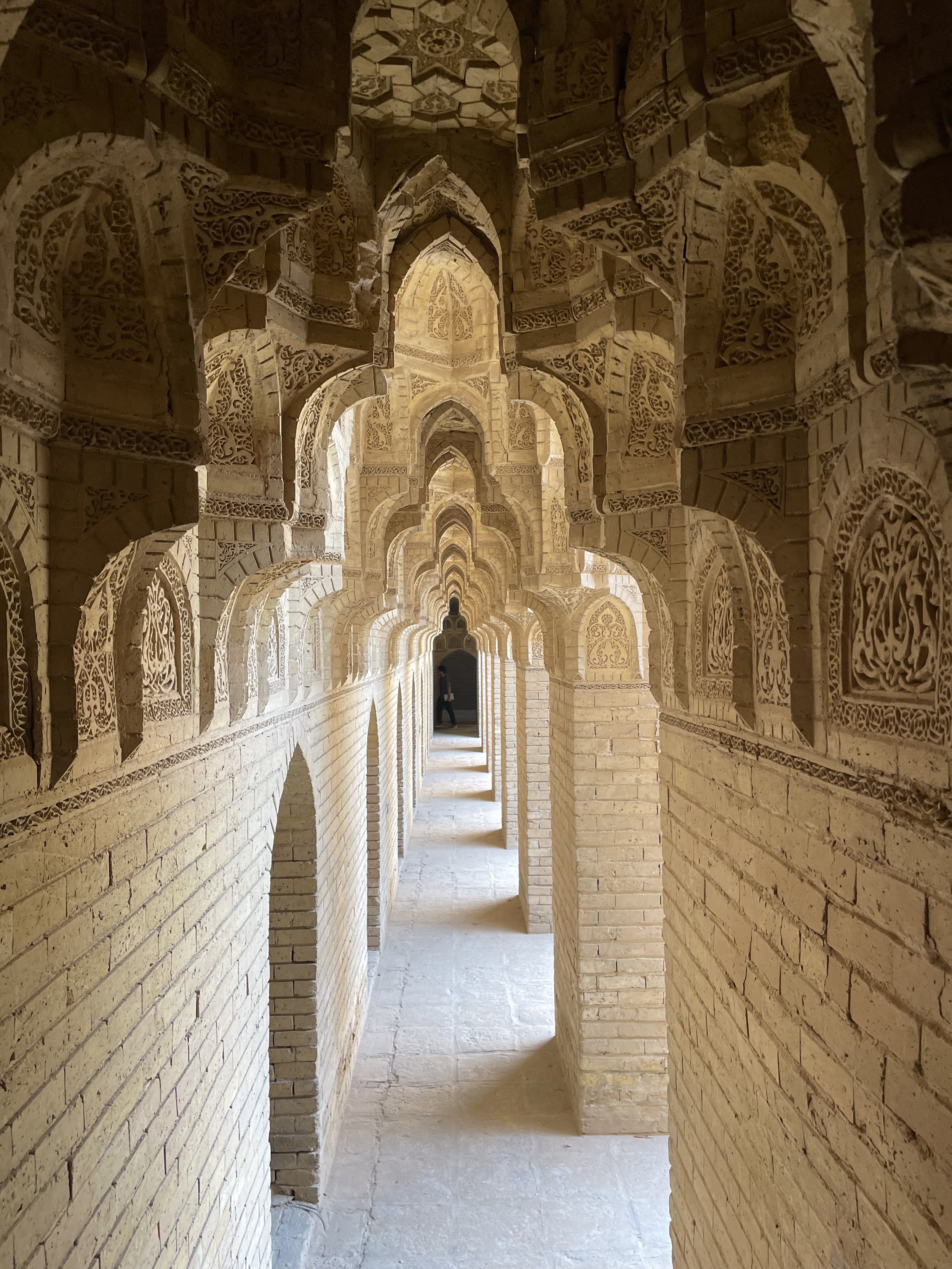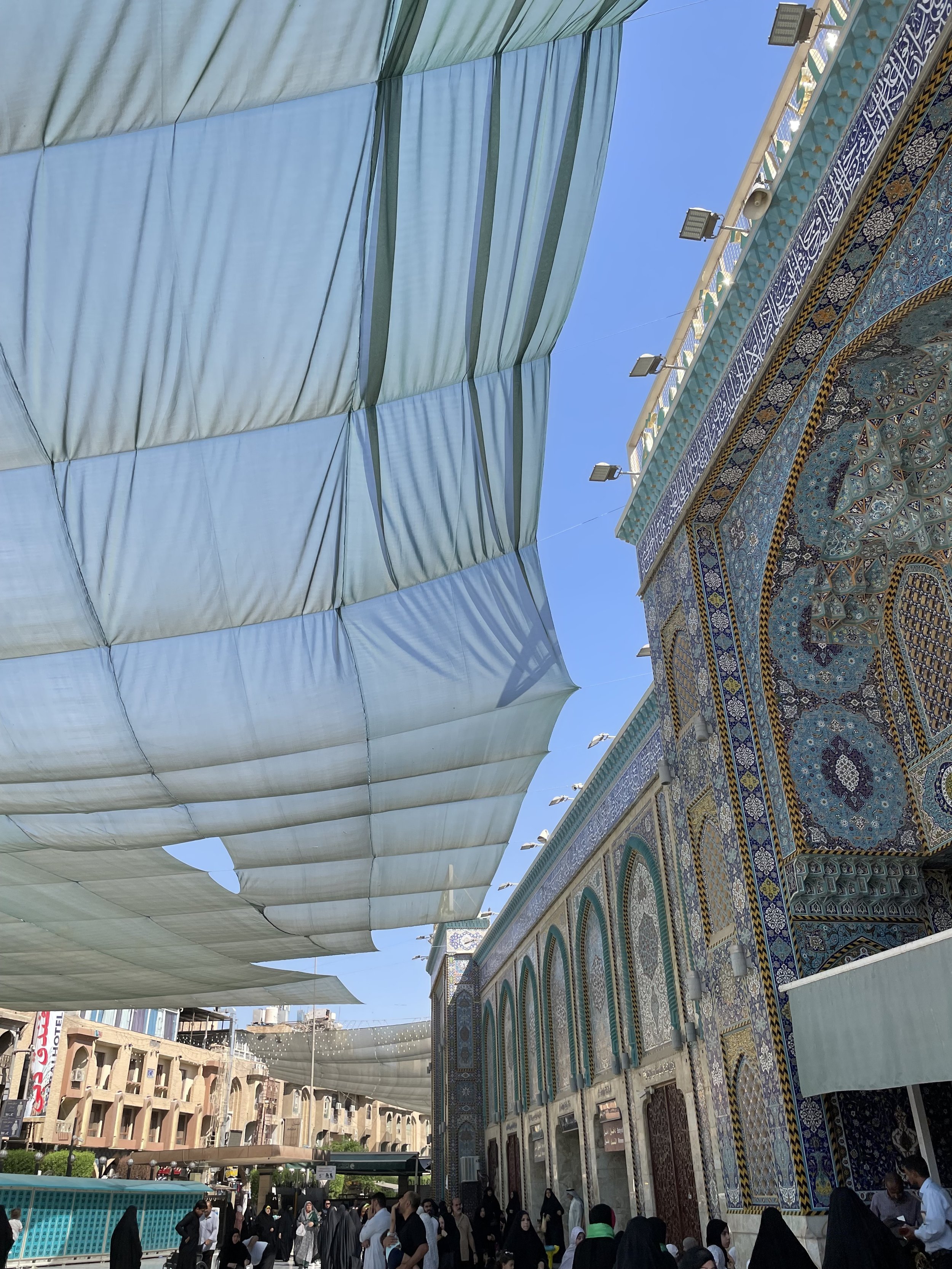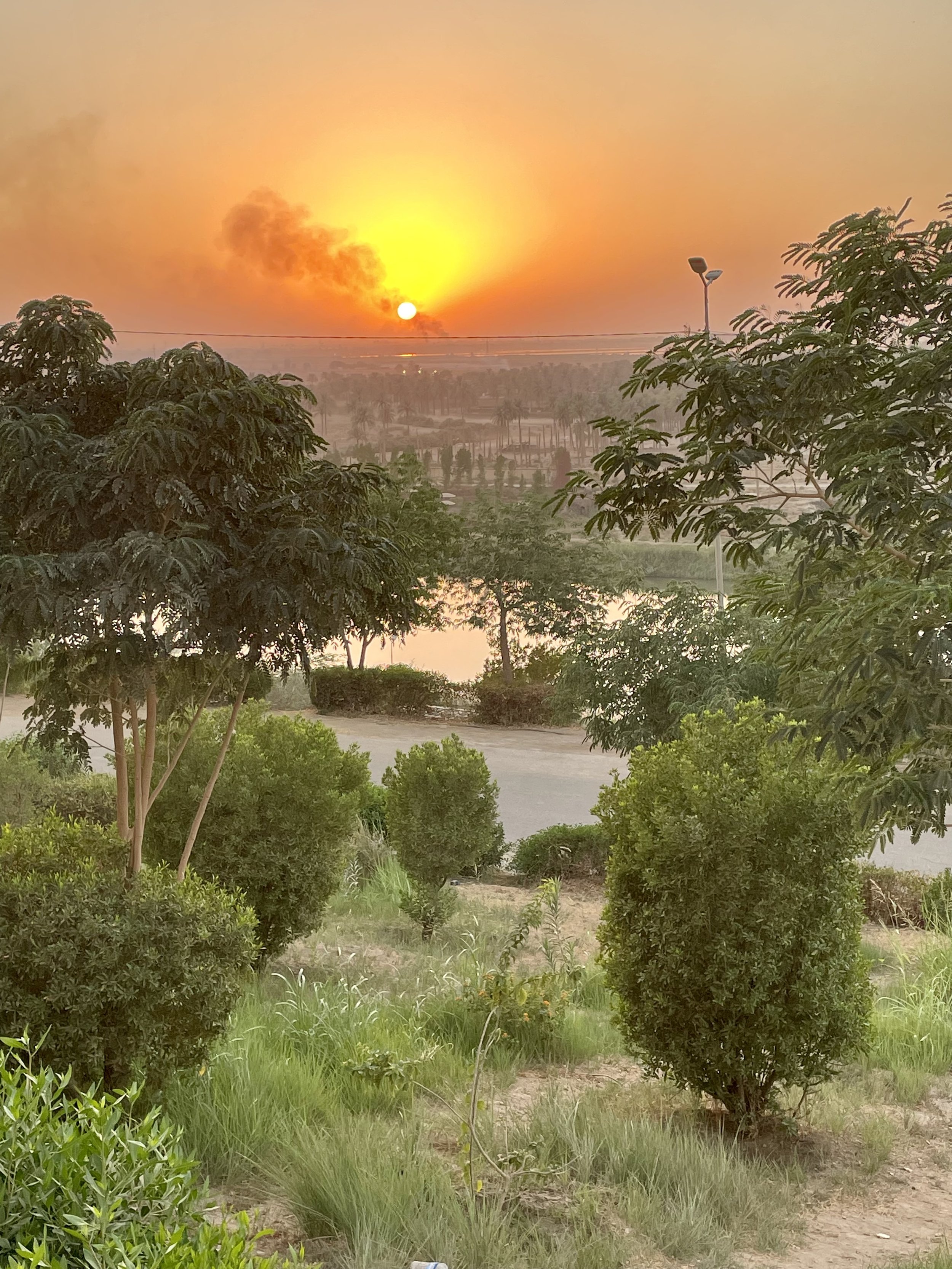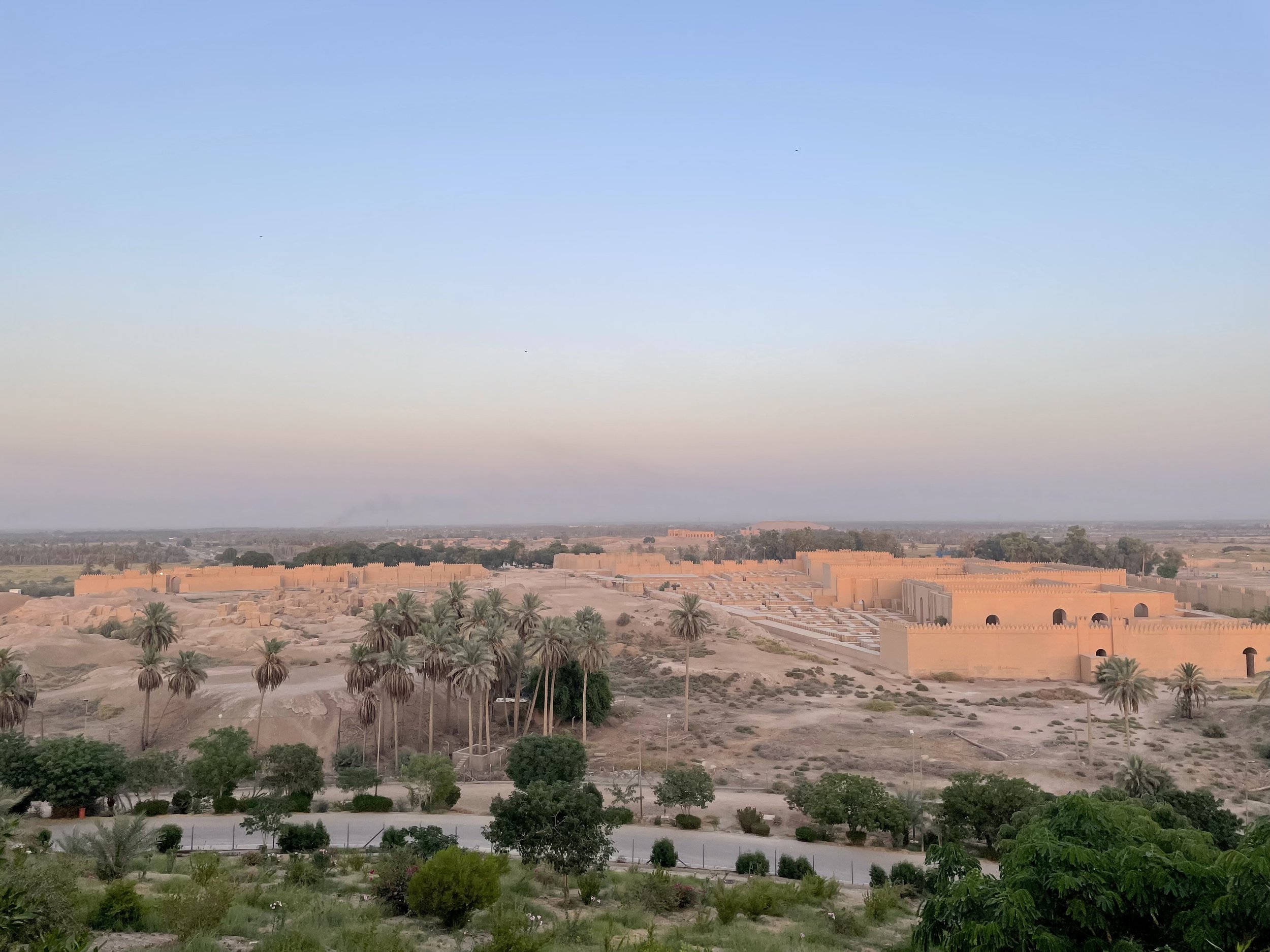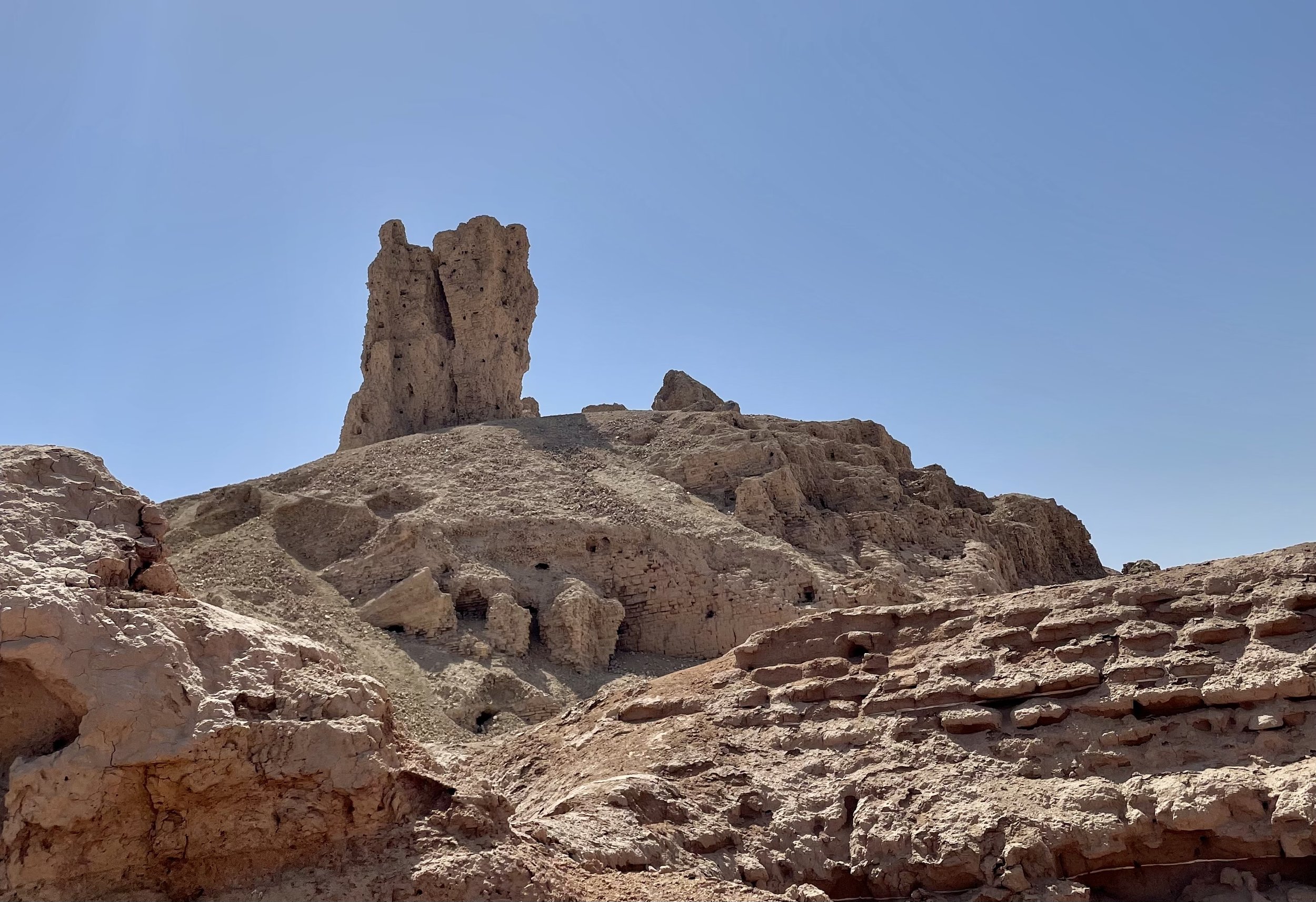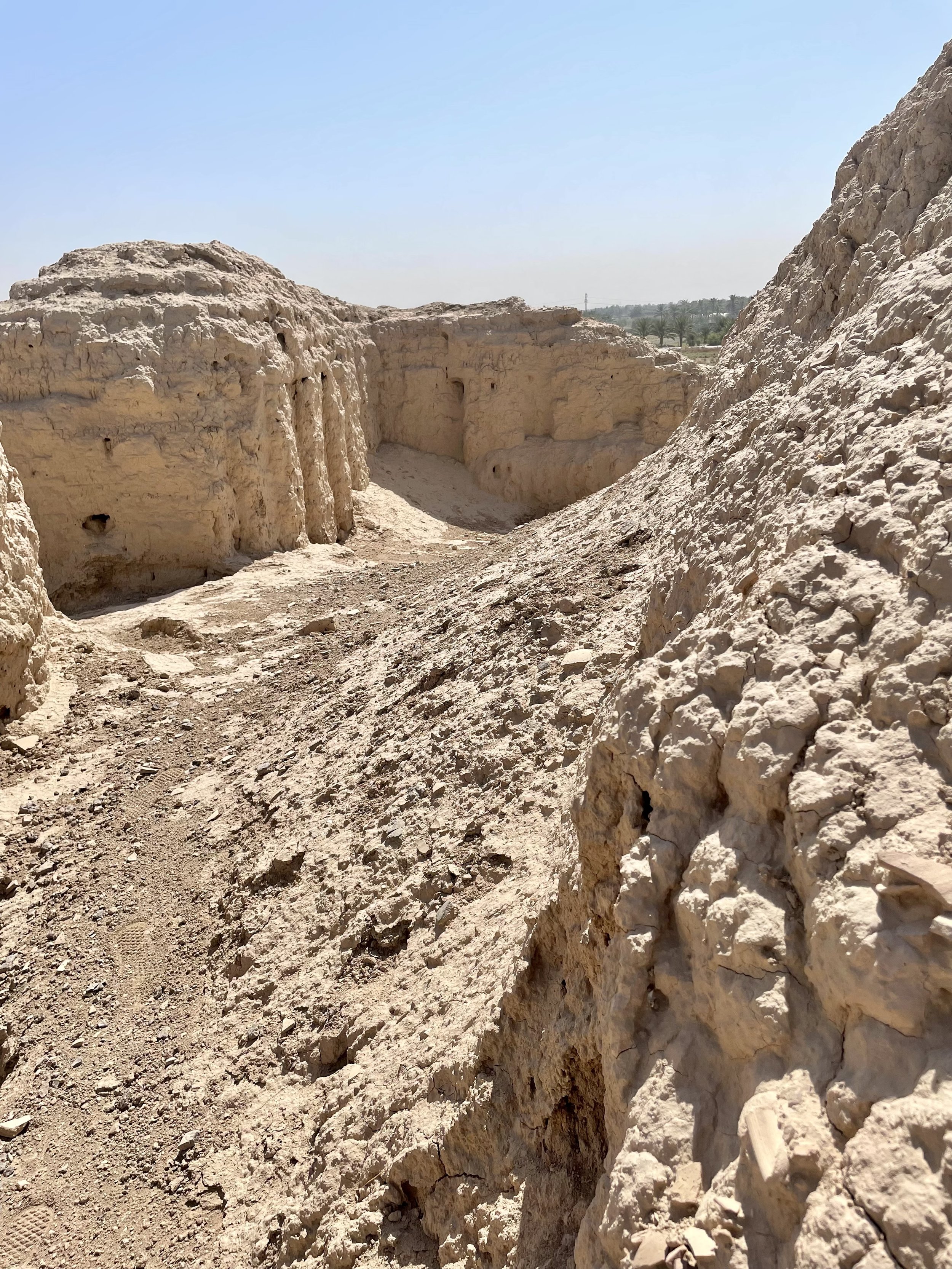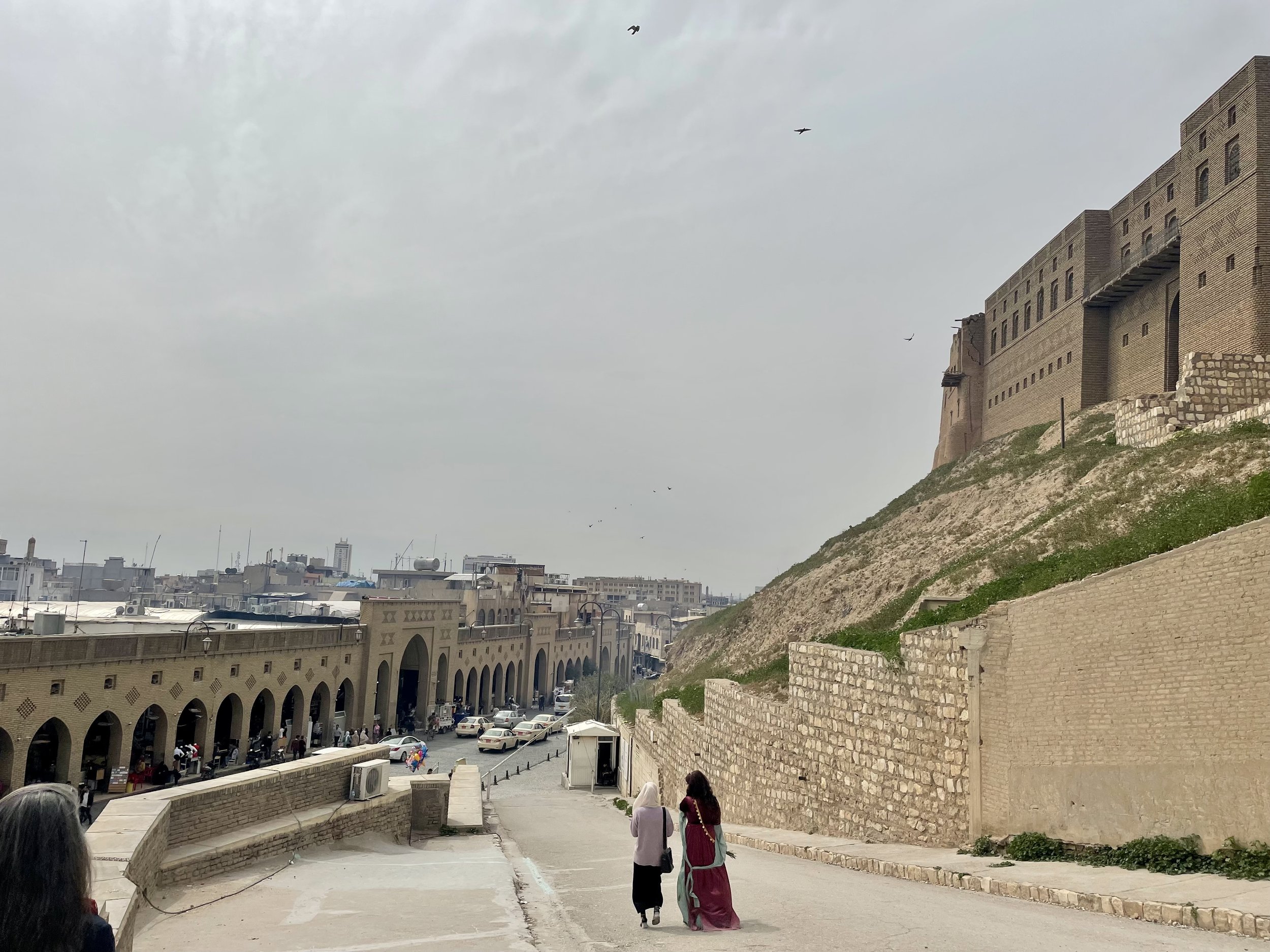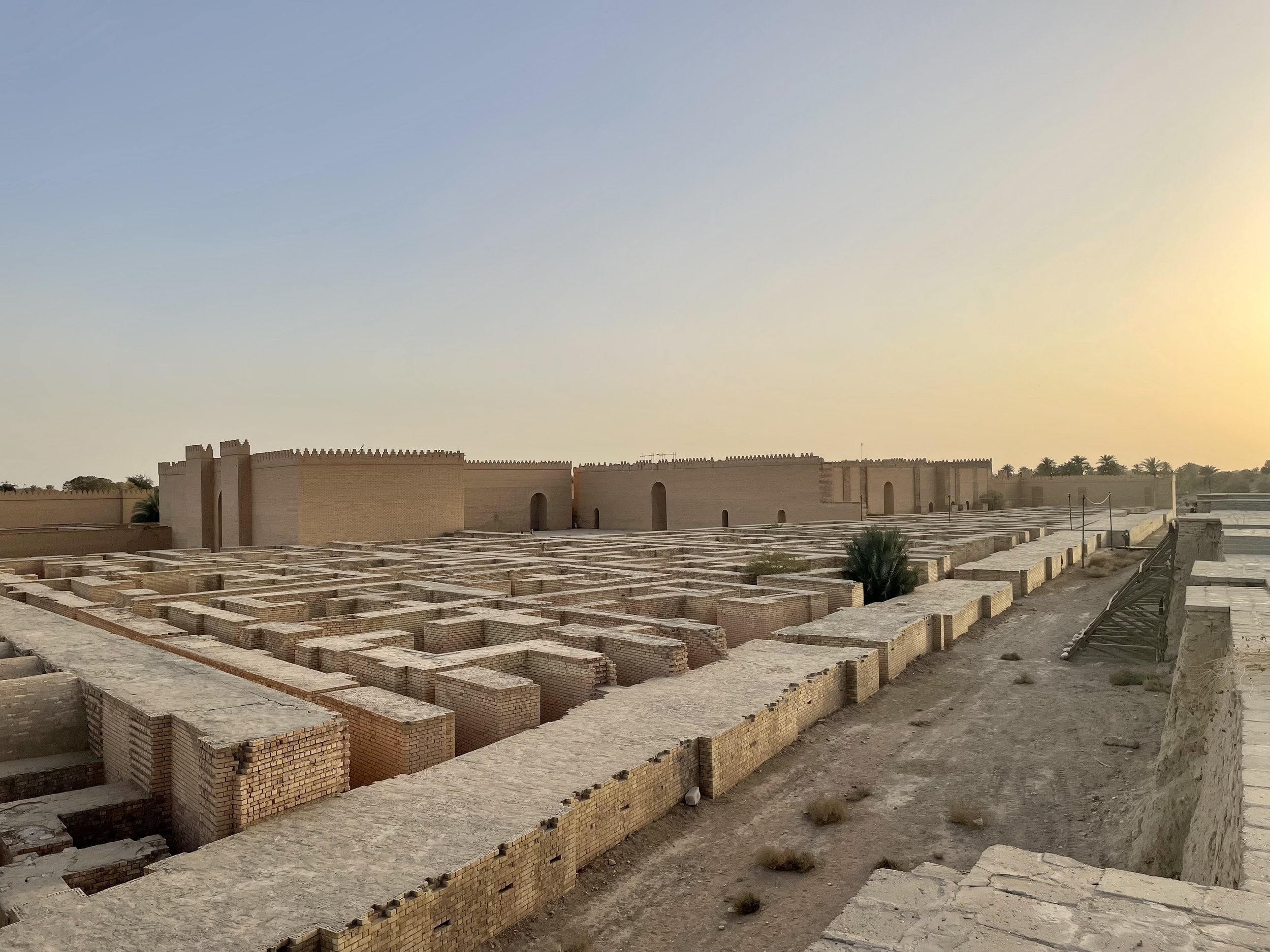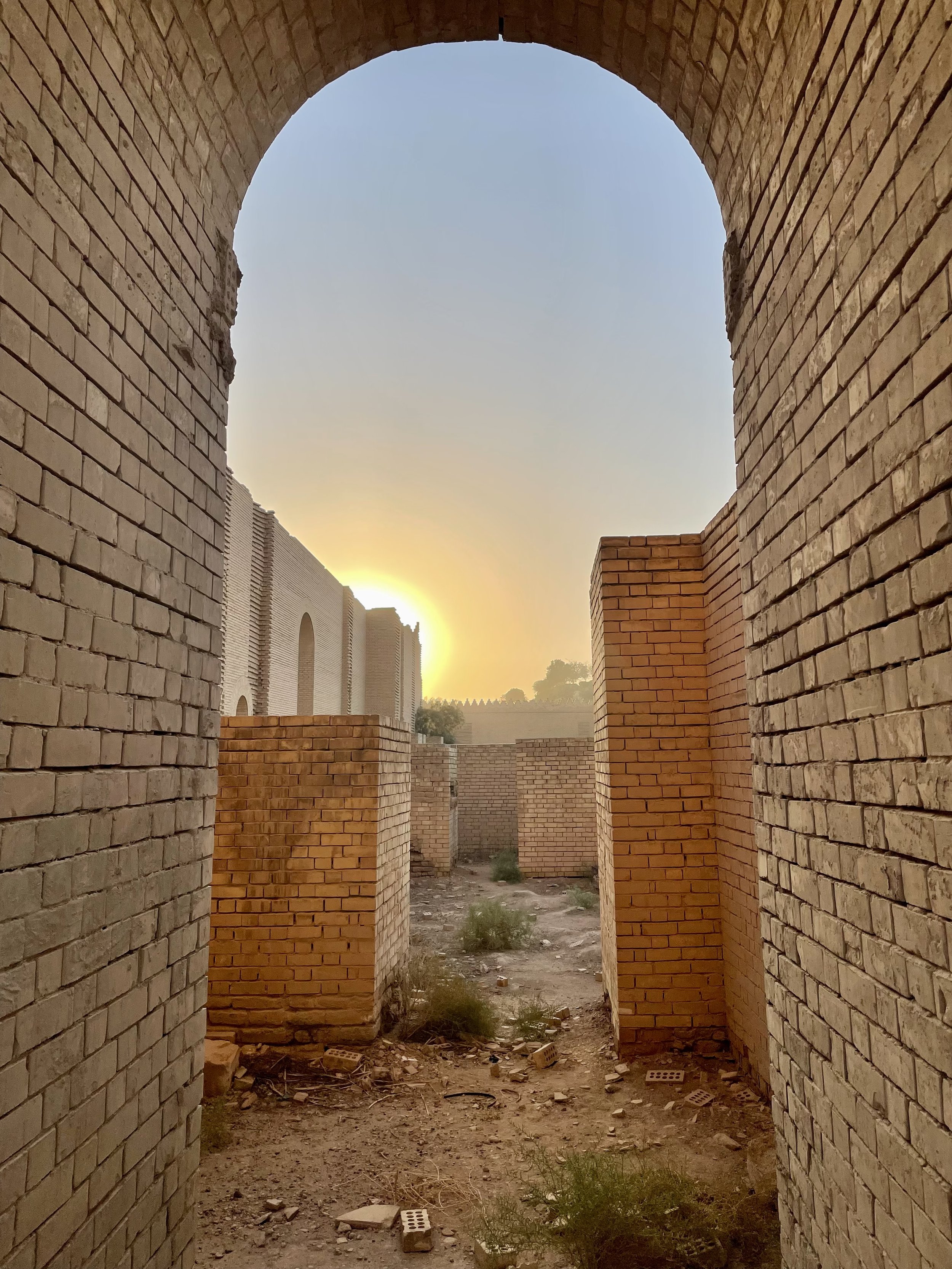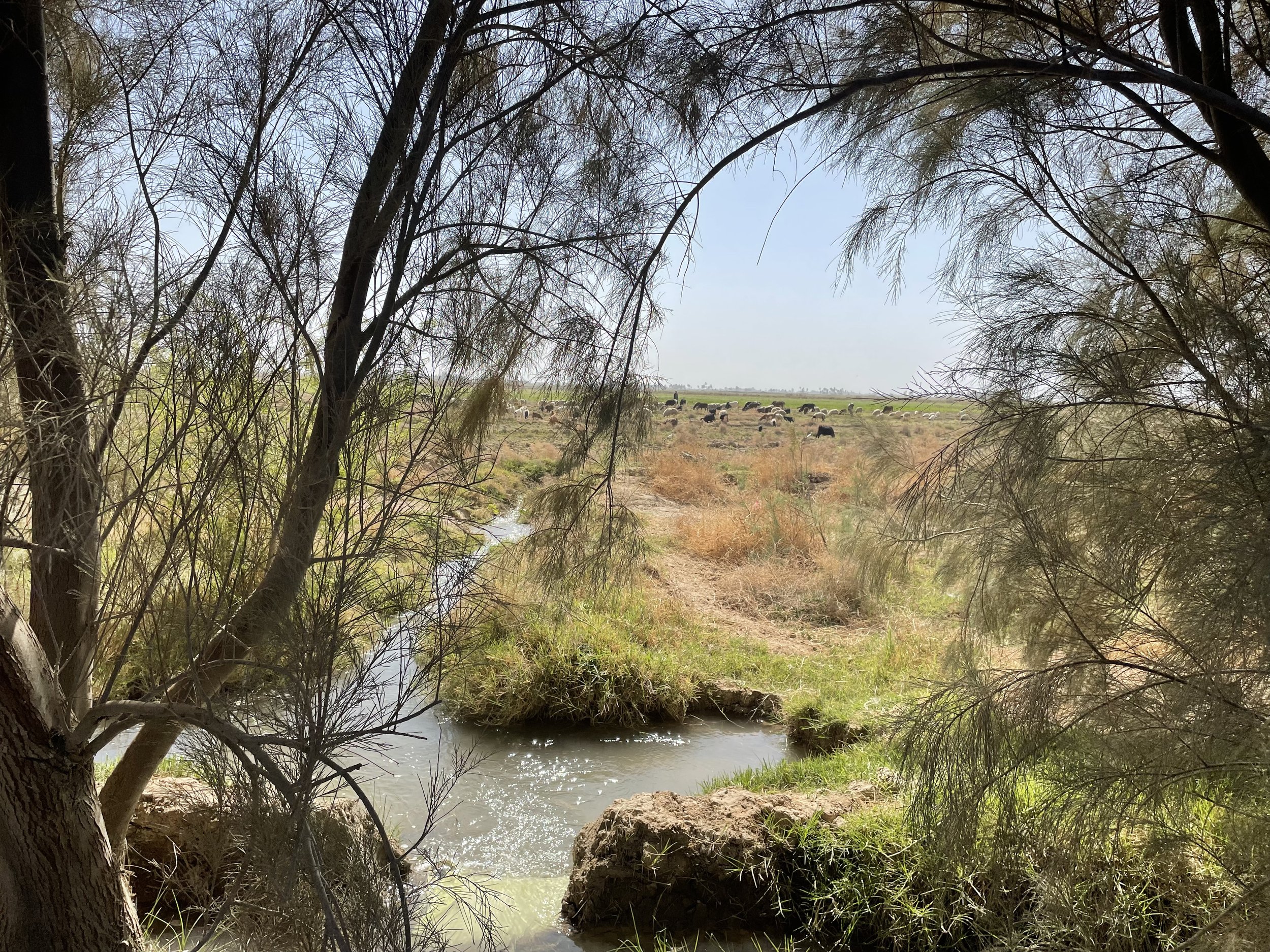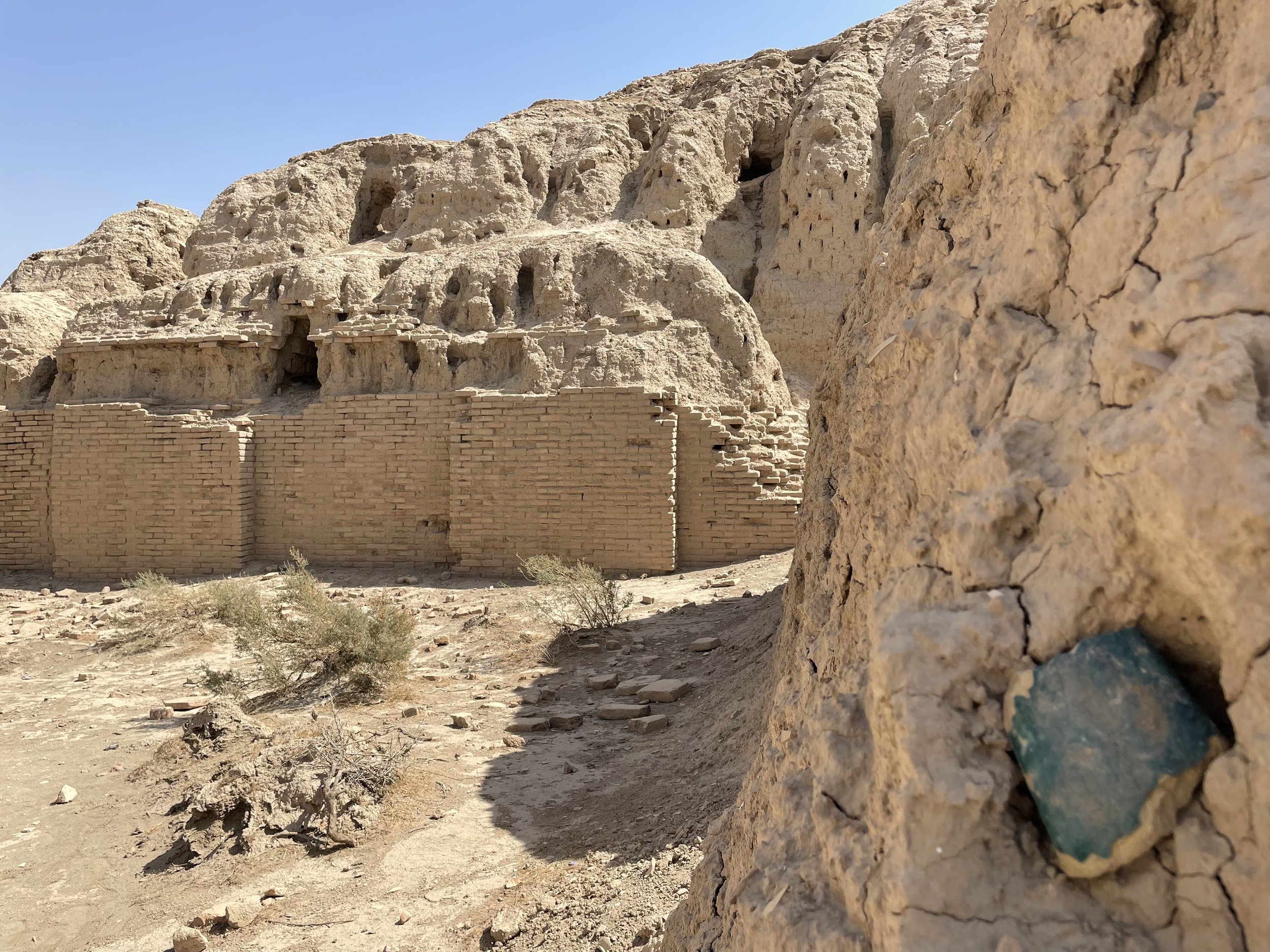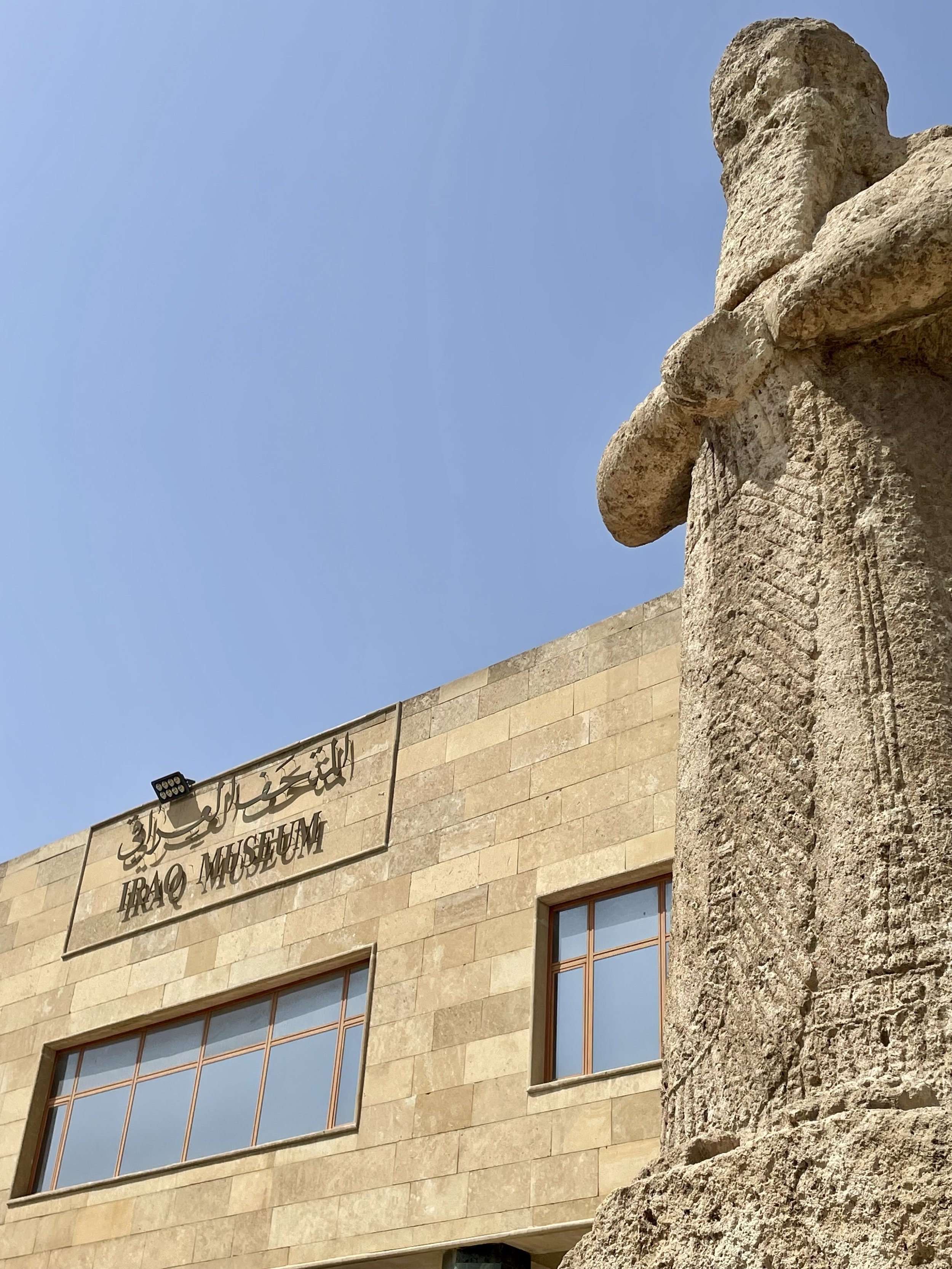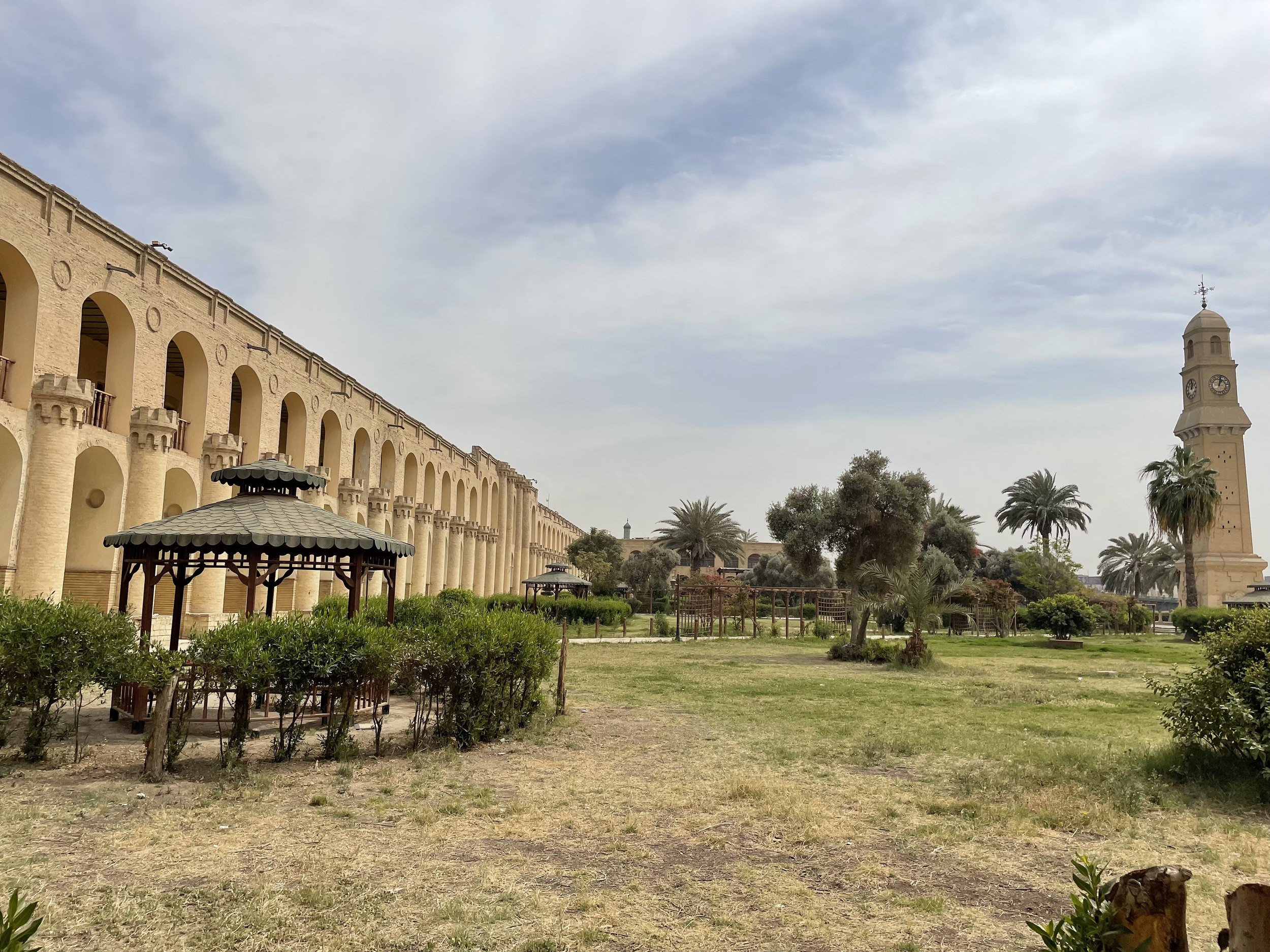The “Partisans of Peace” in a Global Cold War
Dr. Elizabeth Bishop
Many of us who are familiar with Iraq, also recognize a dichotomy Michael Hogan spelled out between “Godless communism” and “every God-fearing nation and person on the planet.”[1] One such “God-fearing nation” during the 1950s was the Hashemite kingdom of Iraq, where the community of Shi’i Muslims was a demographic majority. At Texas State University, I am in the midst of turning eight graduate students’ attention to participation of Shi’a Muslims from one of Iraq’s holiest cities in the “Partisans of Peace.”
Of course, Iraq occupies a special place in the Shi’a world. Ever since Yitzhak Nakash published his Shi’is of Iraq (1994),questions of political identity among this particular demographic have become an issue of importance within the discipline of history. Shi’a Muslims believe in a divine system of leadership following the Prophet, known as Imamat; twelve Imams have led the community since the era of the Prophet. Shi’a also believe a representative of God must be present at all times; of these twelve Imams, six are buried in Iraq.
When I first arrived at Texas State University with some knowledge of 20th century Arab history, I was given a series of courses to teach, beginning with HIST 2312, “Global History.” Among the more advanced lecture courses, I taught two in my areas of expertise: “Gender & Militarization in the Arab World” and “Workers & Working in the Arab World,” as well as a capstone seminar (HIST 4399, “Iraq’s 1958 Revolution”). Texas State’s Research Enhancement Program made it possible for me to check files in former Soviet archives for materials from Iraq.
The Partisans of Peace are frequently described as a “front organization” for the Communist Party.[2] In the course of my own research, I was surprised to discover how many Partisans (ansar as-salam) resided in Iraq’s holy cities— particularly Najaf, site of the Imām 'Alī shrine. Among historians, there is an element of disagreement as to how to assess Najaf’s contribution to global politics. While Zackery Heem compares the Ayatollah Mohammed Taqi Baḥr al-ʿUlūm’s grandfather to the Hidden Imam,[3] Sajjad Rizvi cautions that it would be an oversimplification to identify Iraq’s religious establishment (marja‘iyya) “as shorthand for the authority of a single individual in Najaf.”[4]
Not only is Najaf a pilgrimage destination, it was also a stronghold for the political parties in opposition to the nation’s Hashemite (Sunni) monarchy. [5] While the third episode of Adam Curtis’ history of late capitalism in the U.K. and U.S., “The Mayfair Set: Four Stories about the Rise of Business and the Decline of Political Power,” depicts (“Destroy the Technostructure,” 1999, 41:16) the Partisans as “an innocuous and ineffective organization,” in the opinion of historian Hanna Batatu, “there is no town in Iraq that is more independent or more refractory; its people have in reality never recoiled themselves completely to the fact of government.”[6]
Primary sources obtained through the interlibrary loan service of Texas State University’s Alkek Library informed me that more than 10,000 Iraqis had signed the “peace petition” by the time of the December 1952 Vienna meeting and 70,000 by the 1953 Berlin meeting. [7] A History Department grant took me to the Department of State’s central files (RG 59), at the US National Archives in College Park MD. Among files at the U.S. National Archives, I learned that the Partisans’ movement “included in its ranks people of differing political inclinations, particularly from among the intelligentsia.”[8]
The more attention I paid to the Peace Partisans’ success in Iraq, it became clear to me that people joined the Partisans to fulfill their value for the dignity of citizens and integrity of human beings' embodied selves—both of which are values common among Shi'i Muslims.[9] At Texas State, the Lone Star Cold War Group (LSCWG) promotes innovative teaching and research in response to events during this period. In addition to military and strategic dimensions of this period's history, members of the group address social and cultural developments during this key period. I presented preliminary research results at the University of Chicago Shi'i Studies Group Symposium, “Shi'ism and Governance” (12-13 May 2017), and published revised research results as “The 'Partisans of Peace' Between Baku and Moscow: The Soviet Experience of 1958,” The Middle East in 1958 Reimagining a Revolutionary Year, Jeffrey Karam, ed, 2020).
The University of Notre Dame’s Global Religion Research Initiative (GRRI) is a portfolio of six distinct competitive research and writing grants and fellowships programs. The GRRI awarded a round one curriculum development grant to Texas State’s graduate seminar “Global Cold War.” Primary sources and secondary readings in this course reflectconfluence between law and religion that made Najaf such fertile ground for the Partisans’ growth. Ayatollah Mohammed Taqi Baḥr al-ʿUlūm published a bound collection of Shi’i fatwas condemning use of weapons of mass destruction.[10]The same dynamics which gave rise to the “Partisans of Peace” movement in Iraq,[11] help illustrate the role of religious leaders in neighboring Iran’s 1953 coup,[12] as well as the significance of crowds in Lebanon’s 1956 conflict.[13]
After having noted that strategic concepts built on the heritage of nineteenth century Ottoman adoption of the “total war” doctrine found new lease on life through a 1955 agreement between Turkey and Iraq (Bishop, “Lofty and Precipitous Chains,” Tunisian-Mediterranean Review of Historical, Social and Economic Studies, 2013). Respecting that some historians consider members of the Shi’i community to have been politically active only in the context of the secular state, whether leaders of civil society (whether minister Dr. Fadhil al Jamali is one example,[14] or parliamentarian Salih Jabr),[15] and with access to primary documents from and about Najaf, I thought it would be helpful to draw students’ attention to the activities of members of Iraq’s politically-active Shi’i outside the civil service. Among its members, this peace group included Commander of the Iraqi Air Force Col. Jalal Jaffar Awqati.6 So, too, did I find the president of Iraq’s Bar Association, Abdul Wahab Mahmud, was a member.[16] Physicians were numerous among the Partisans, including Dr. Khalil Jami al-Jawad, Dr. Muhammad Ridha al-Tarihi, and Dr. Abdul Karim al Kadawi, “whose fame,” Batatu wrote, “went through Najaf and who ministered to the poor of the town free of charge.”[17]
Toward that end, I introduced the study of recent Shi’i identity, while addressing Communism’s lure within the Arab world. Notre Dame’s GRRI based on a premise that, as religion persists in significance in the contemporary, globalizing world, the social sciences in North America need much better to understand the diversity of religions and to integrate that enhanced understanding into research, theory, and teaching. At Texas State, the Department of History offers M.A., and M.Ed. degrees, annually servicing over 80 graduate majors. Our graduate studies program specifically offers students degrees in four broad fields: World History, European History, United States History, and Public History. The department routinely places students in the top Ph.D. history programs in the country.
While jurisprudence was queen among Islamic sciences taught in Najaf, the fact remains that Partisan organized their first street demonstrations there; and that both religious leaders and street crowds took part in “Partisan” activities.[18] If Partisans were drawn substantially from the participation of Shi’a Muslims from Najaf, then graduate students enrolled in the “Global Cold War” seminar could see the Partisans of Peace organization as an inclusive form of political activity—even more inclusive than the political parties Fadhil al Jamali and Salih Jabr led. Once students in the seminar understand the experiences of Iraq’s Shi’i Muslims in Iraq, they are better- prepared to understand dynamics in Iran, Bahrain, and Lebanon.
References
[1] Michael Hogan, The Ambiguous Legacy: US Foreign Relations in the ‘American Century (1999), 133.
[2] Uriel Dann, Iraq Under Qassem; A Political History, 1958-1963 (1969), 117; Marion Farouk-Sluglett, Peter Sluglett, Iraq Since 1958 (1987), 43; Stephen C. Pelletière, Losing Iraq (2007), 31-32; Geoff Simons, Tony Benn, Iraq: from Sumer to Saddam (1996), 256; and Julia C. Strauss, Donal Brian Cruise O’Brien, Staging politics: Power and Performance in Asia and Africa (2007), 41.
[3] Zackery Heern, The Emergence of Modern Shi’ism: Islamic Reform in Iraq and Iran (London, Oneworld Publications, 2015), p. ?.
[4] Zackery Heern, The Emergence of Modern Shi’ism: Islamic Reform in Iraq and Iran (London, Oneworld Publications, 2015), p. 1300.
[5] Matthew Eliot, “Independent Iraq;” The Monarchy and British Influence, 1941-58 (1996), 123.
[6] Hanna Batatu, The Old Social Classes and the Revolutionary Movements of Iraq (1978), 752.
[7] Азиз Шариф. “Надежная крепость мира. [О движении сторонников мира в Ираке. Статья секретаря Нац. совета мира Ирака].” Современный Восток, 1959, No 3, с. 57, p. 57.
[8] US National Archives, RG 59, General Records of the Department of State, Miscellaneous lot files, lot file no. 61, D 12 (box 3 of 3) general subject files relating the Middle East, 1955-1958; box 13; Folder: “Iraq, communism, 1958.”
[9] A. G. Samarbakhsh, Socialisme en Irak et en Syrie (1978), 118.
[10] Meir Litvak. “Money, Religion, and Politics,” International Journal of Middle East Studies. 33 (2002), 6.
[11] Giles Kepel, Jihad: The Trail of Political Islam (2006); Aini Linjakumpu, Political Islam in the Global World (2012); and Olivier Roy, The Failure of Political Islam (1994).
[12] Ervand Abrahamian, The Coup: 1953, the CIA, and the Roots of Modern US-Iranian Relations (2013); Mark Gasiorowski and Malcolm Byrne, Mohammed Mosaddeq and the 1953 Coup in Iran (2004); and Stephen Kinzer, All the Shah’s Men: An American Coup and the Roots of Middle East Terror (2003).
[13] Caroline Attie, Struggle in the Levant: Lebanon in the 1950s (London: IB Tauris, 2003); Nasser Kalawoun, The Struggle For Lebanon: A Modern History of Lebanese-Egyptian Relations (2000); Eyal Zisser, Lebanon: The Challenge of Independence (2000).
[14] Adeed Dawisha, Iraq: A Political History (2013), 87; Matthew Elliot, Independent Iraq: British Influence from 1941-1958 (1996), 46.
[15] William Roger Louis, British Empire in the Middle East, 1945-1951 (1984), 321; Bernard Reich, Political Leaders of the Contemporary Middle East and North Africa (1990), 471.
[16] Matthew Elliot. Independent Iraq: The Monarchy and British Influence, 1941-1958 (2000), 183.
[17] Hanna Batatu, The Old Social Classes and the Revolutionary Movements of Iraq (1978), 752.
[18] “Communist, Peace Partisans Arrested by Police,” Iraq Times (7 May 1955).










